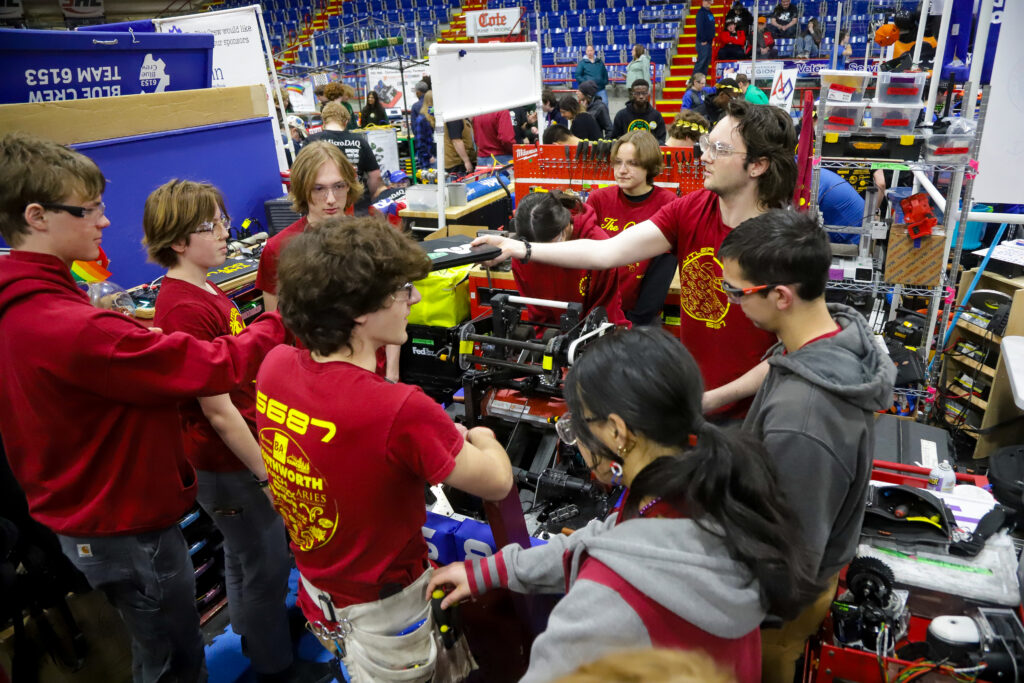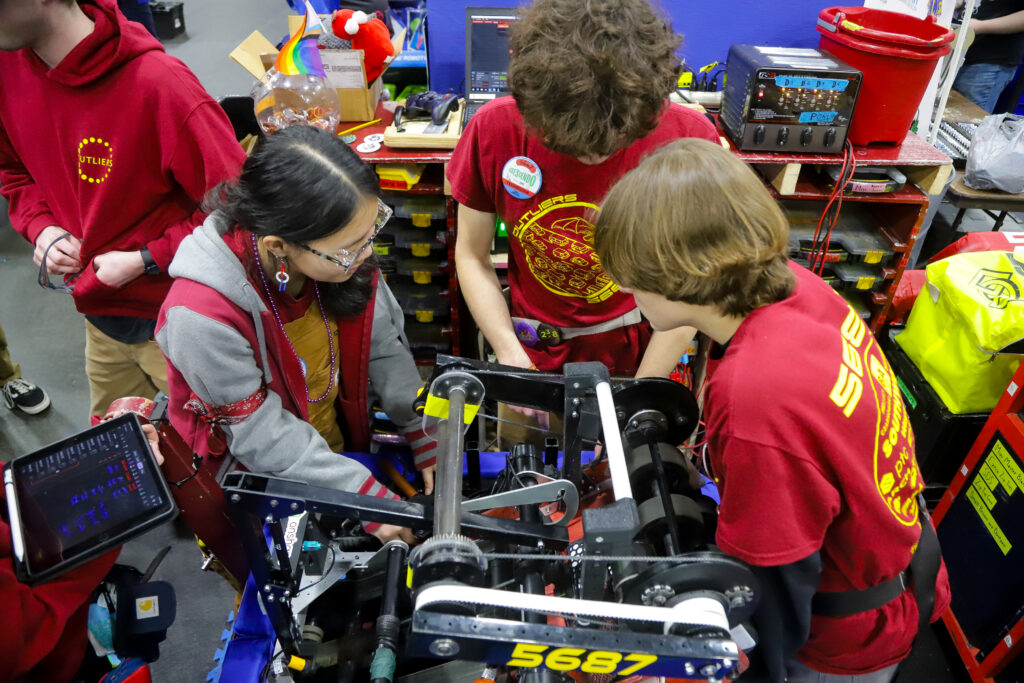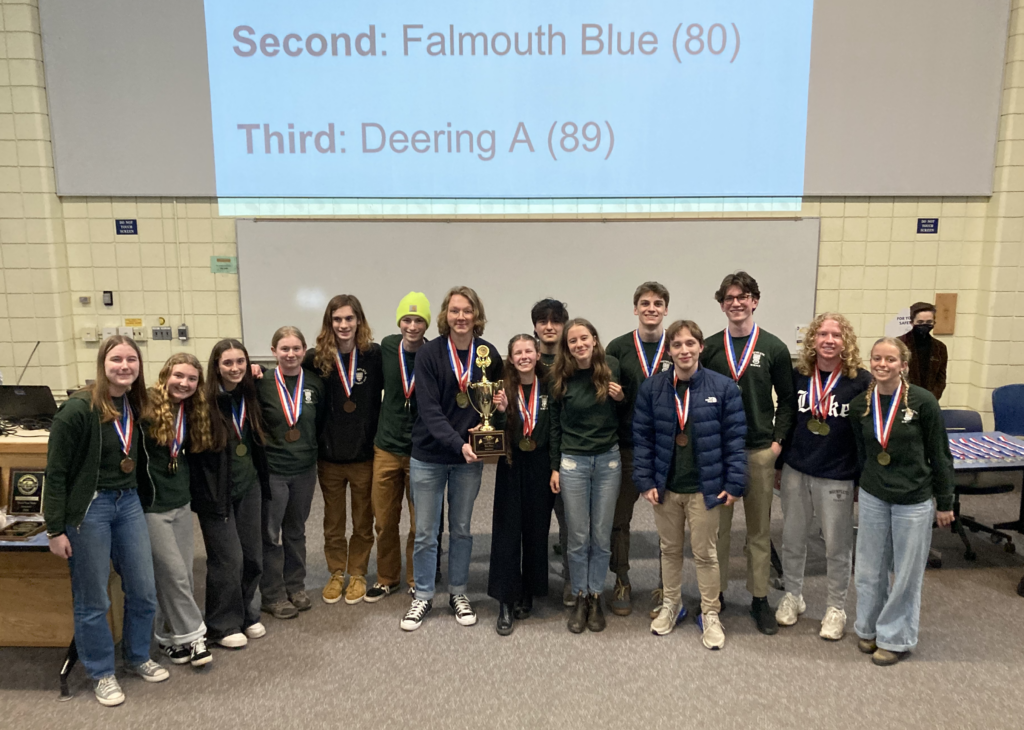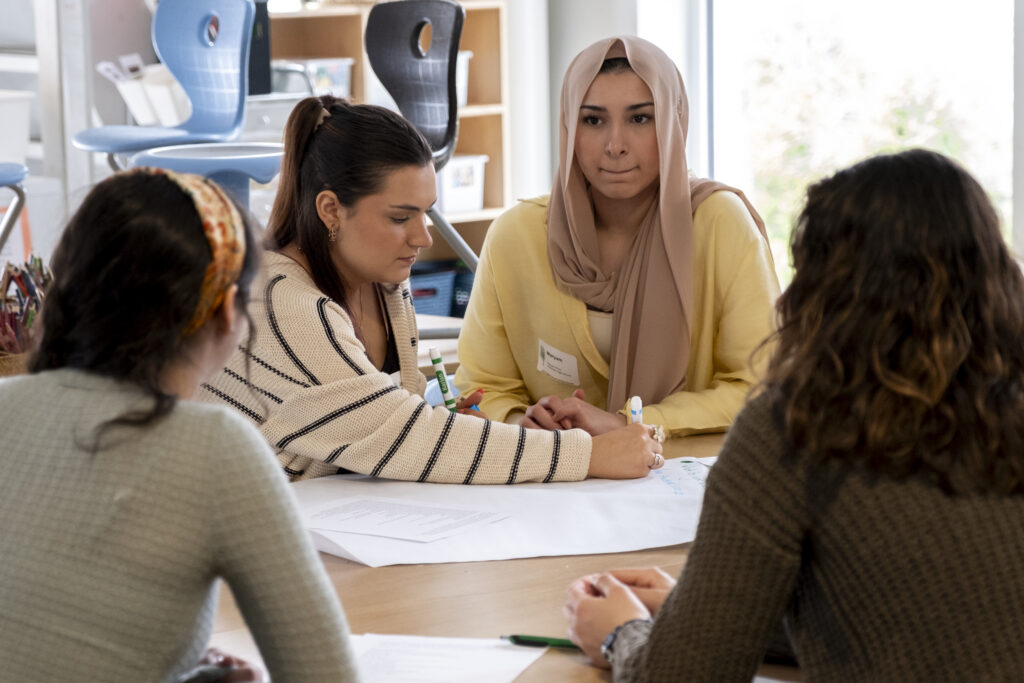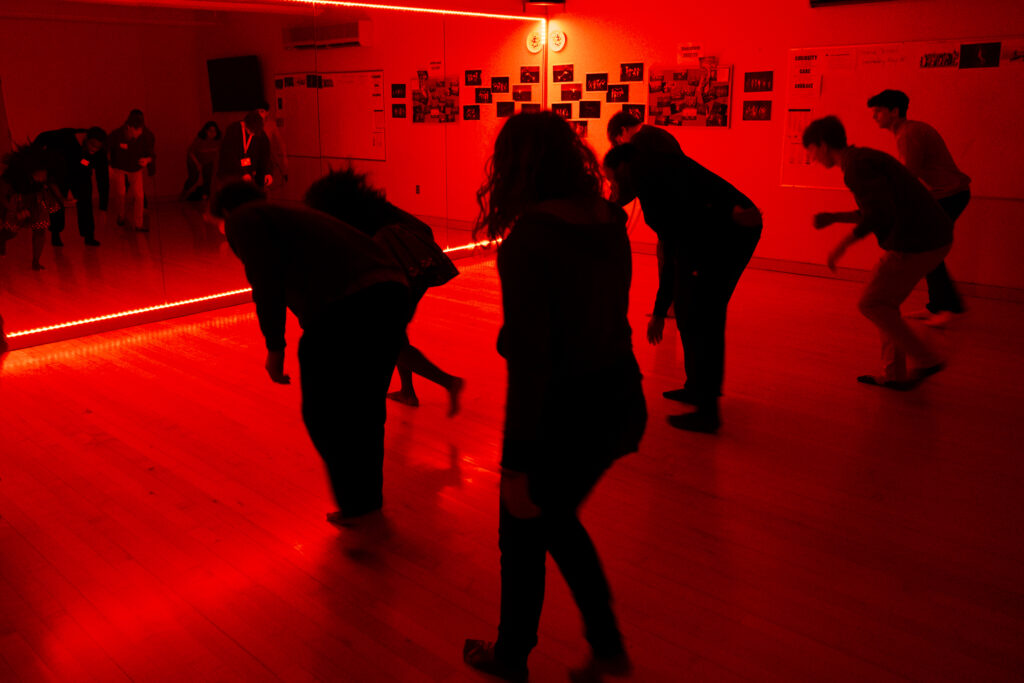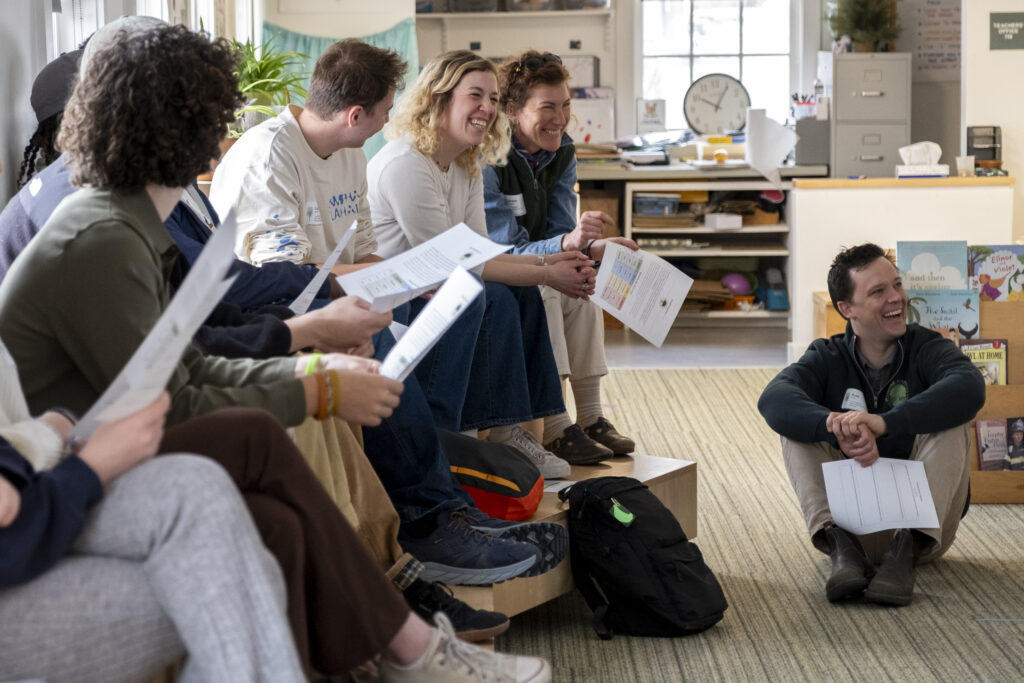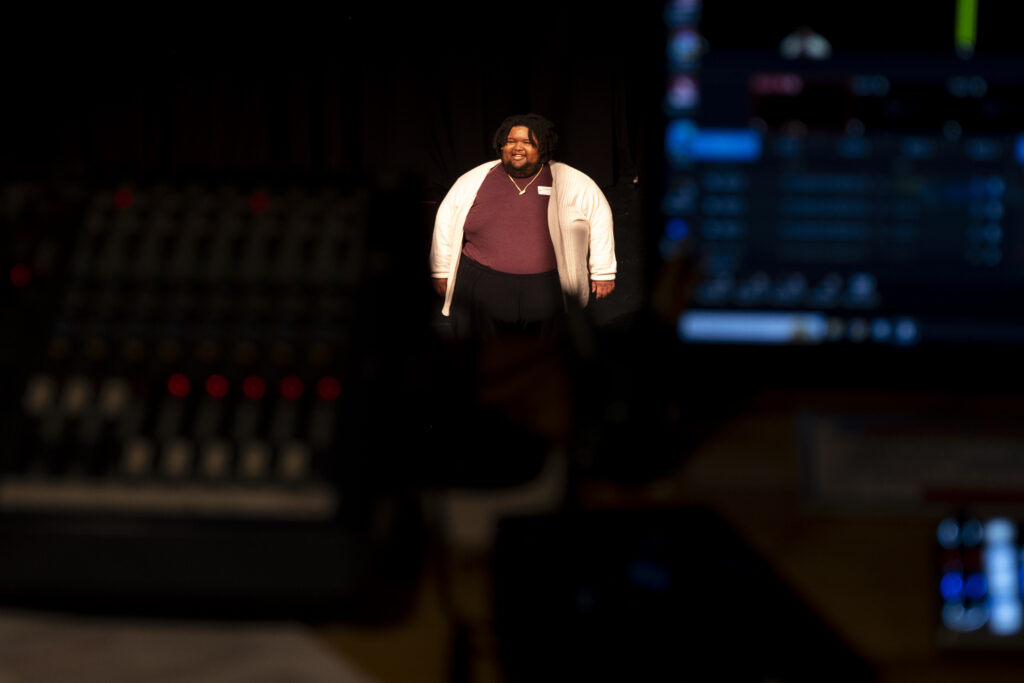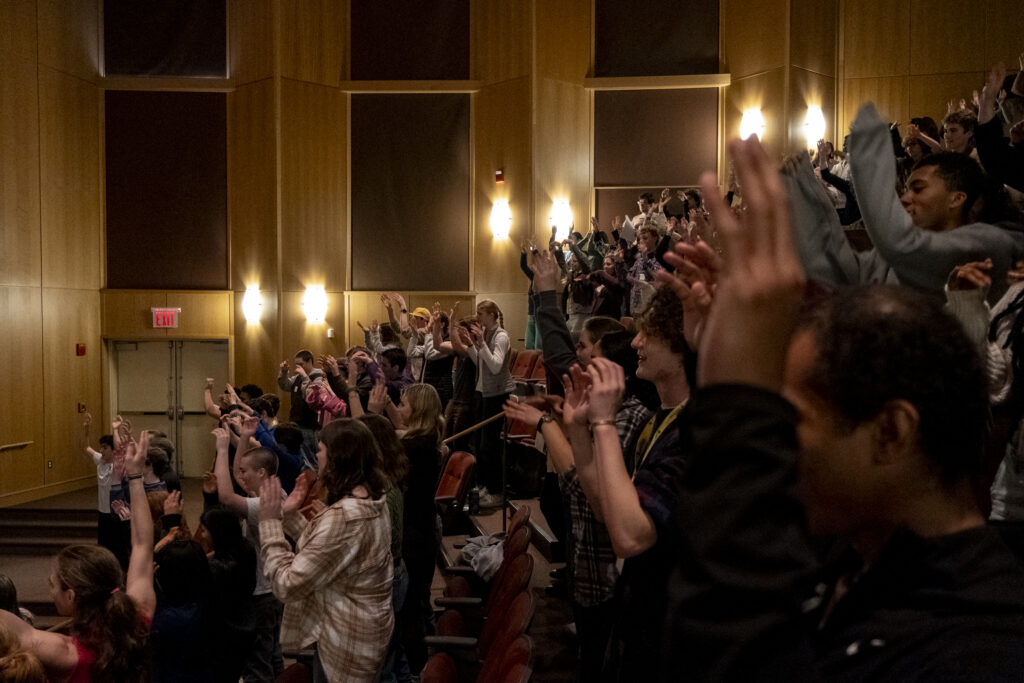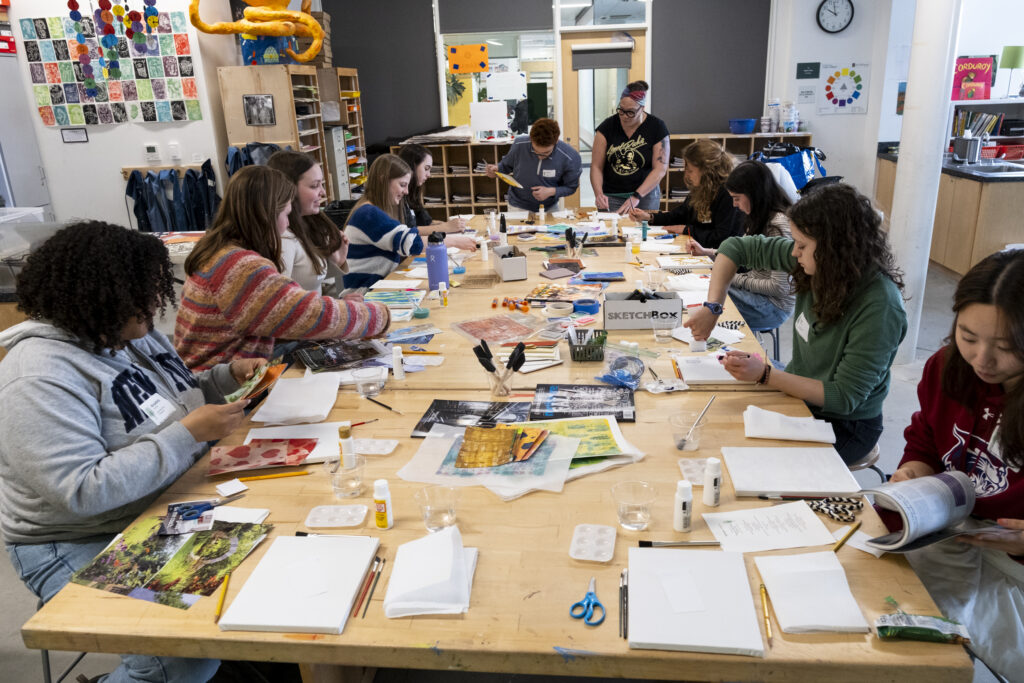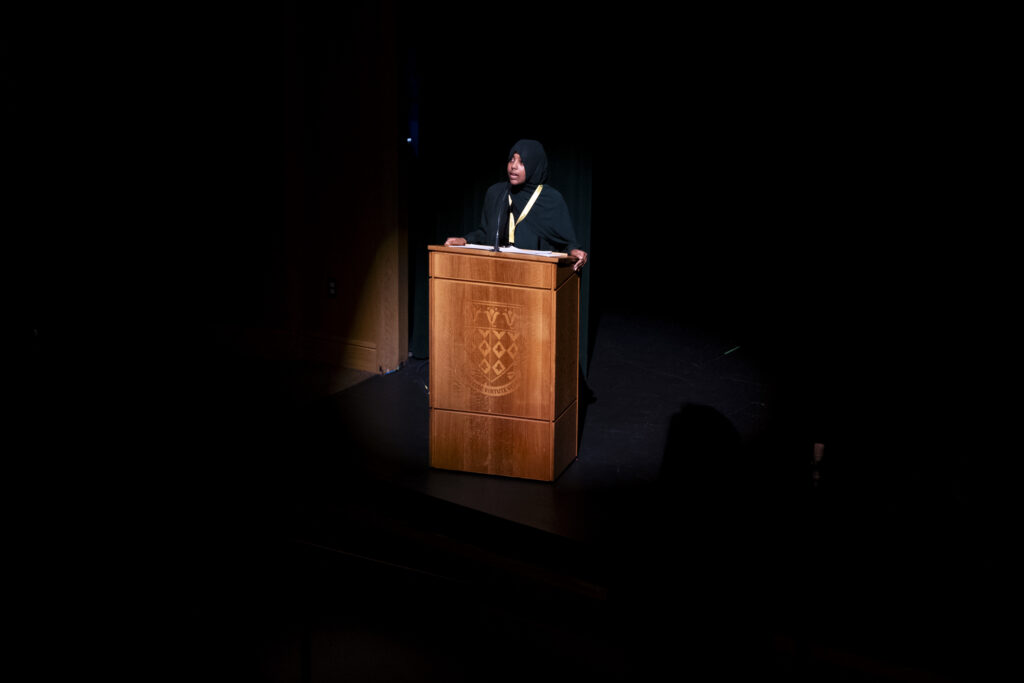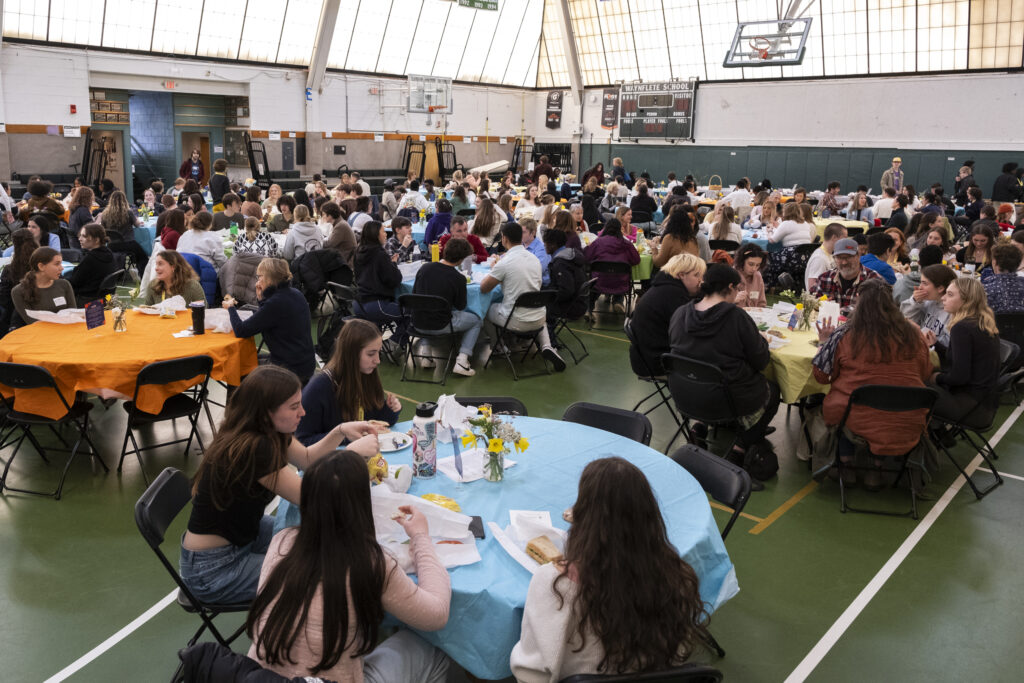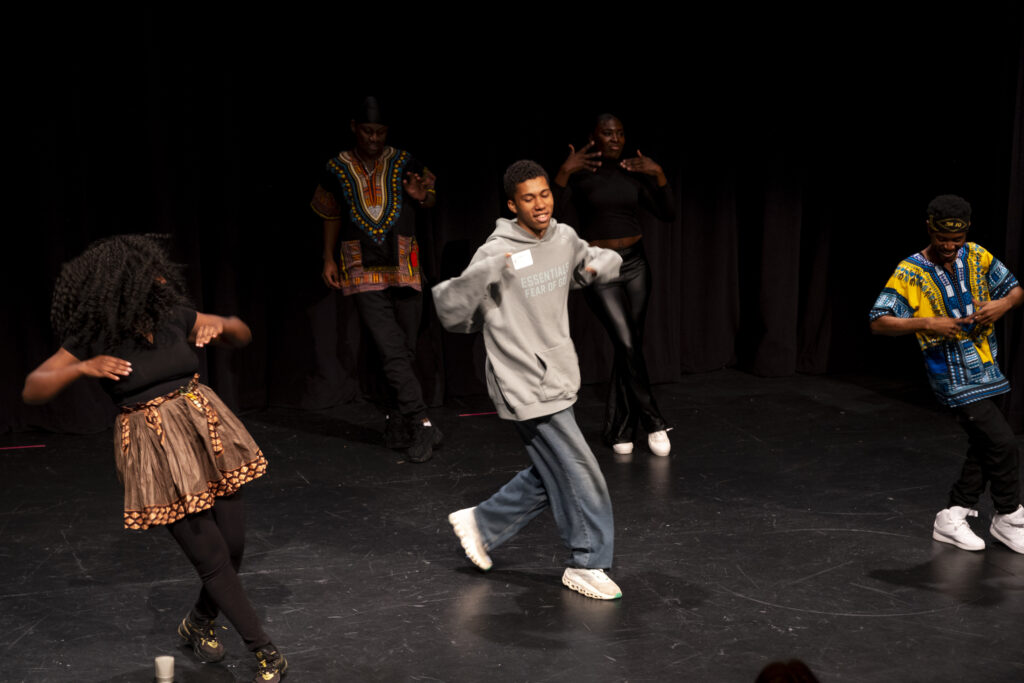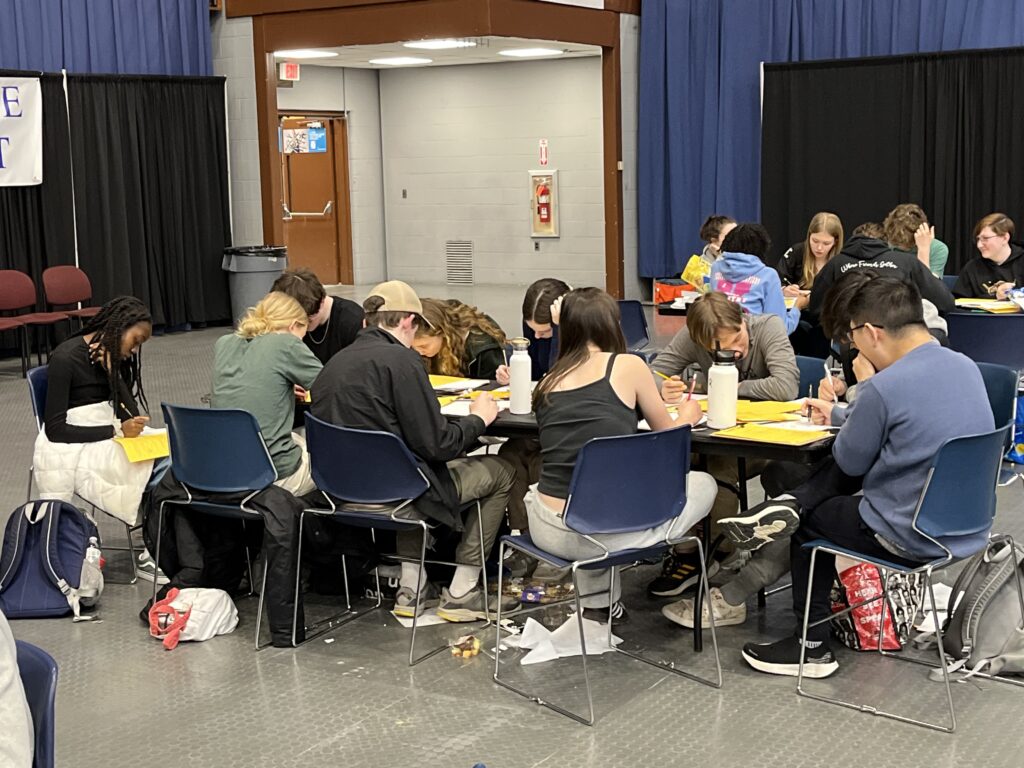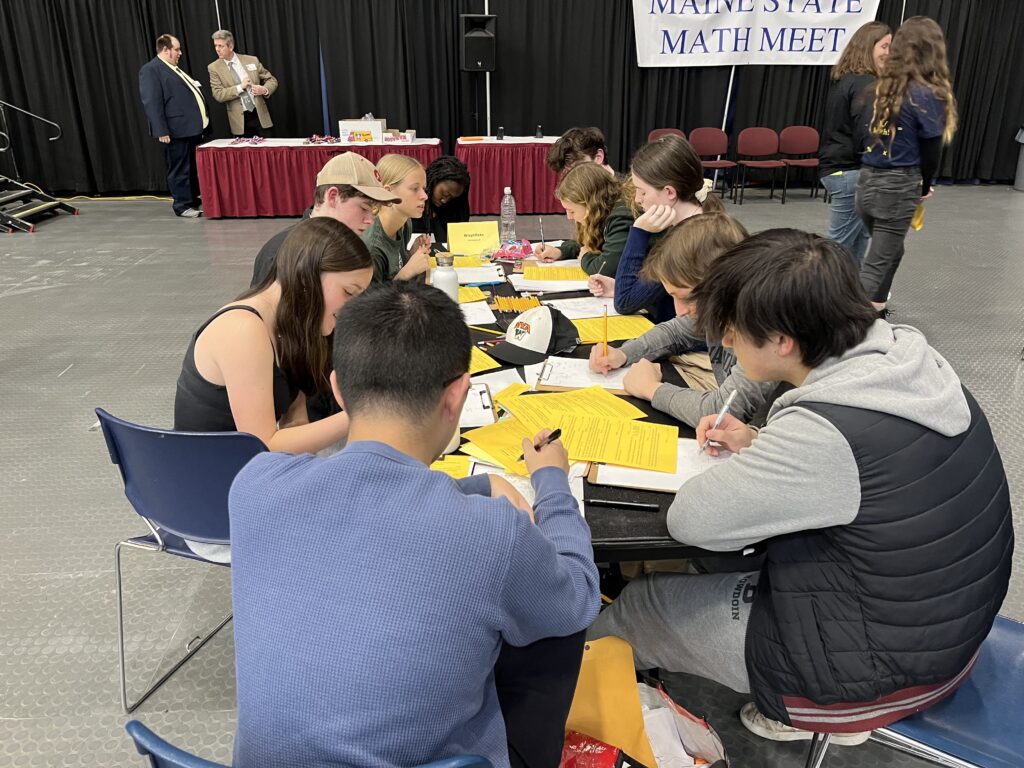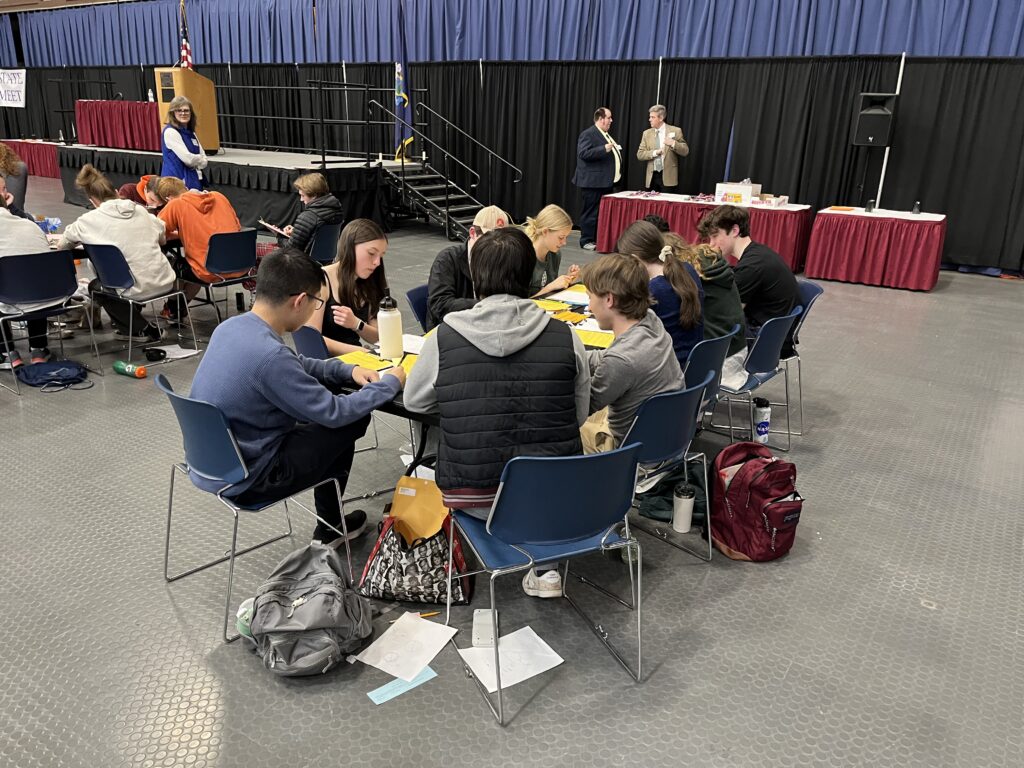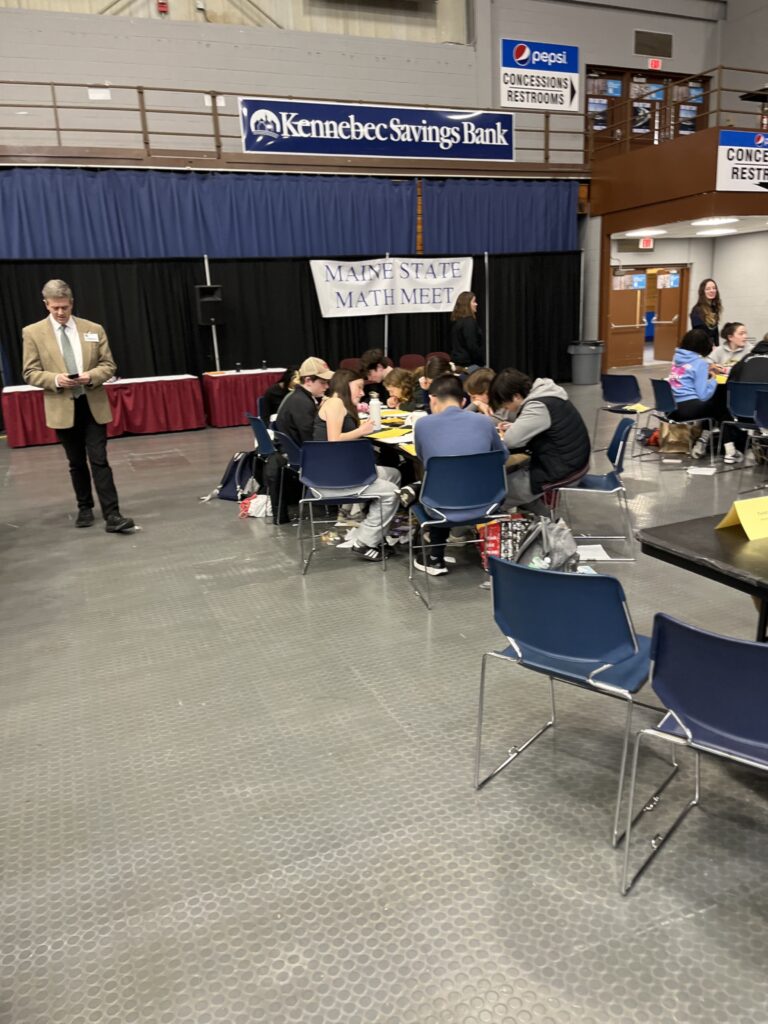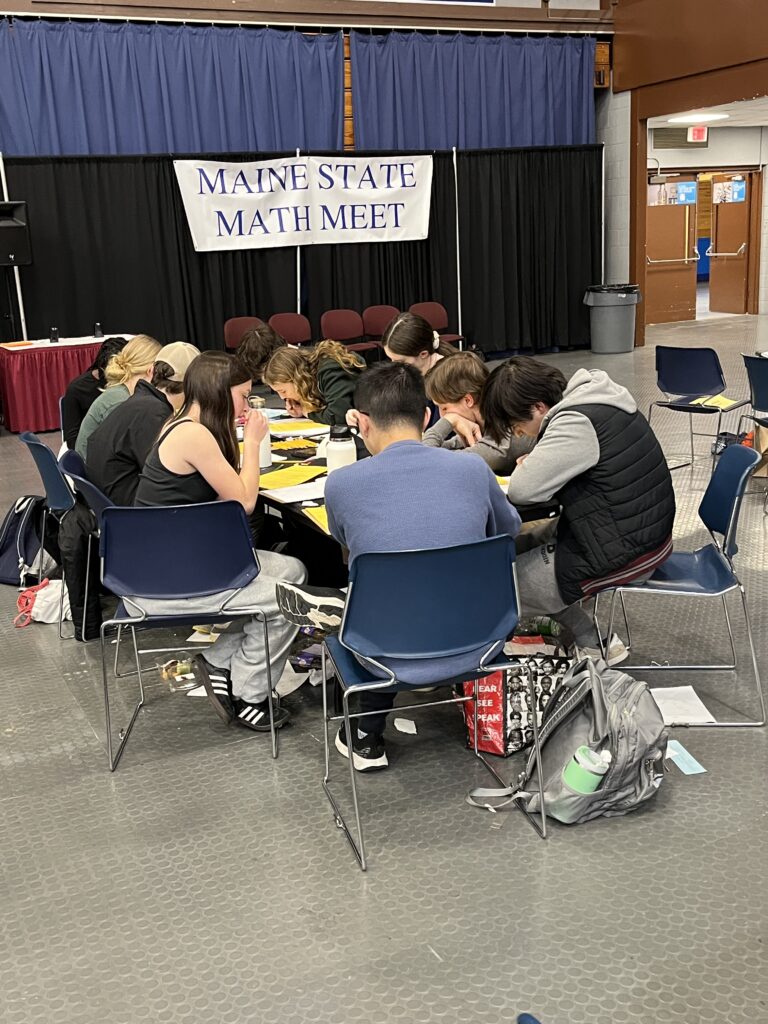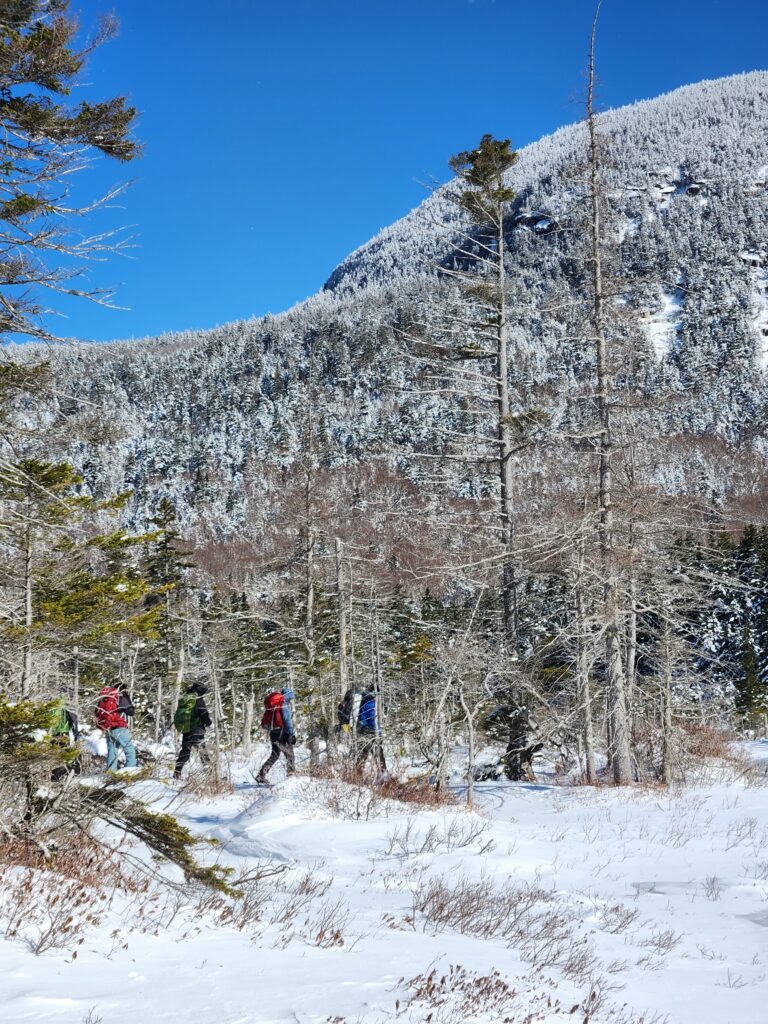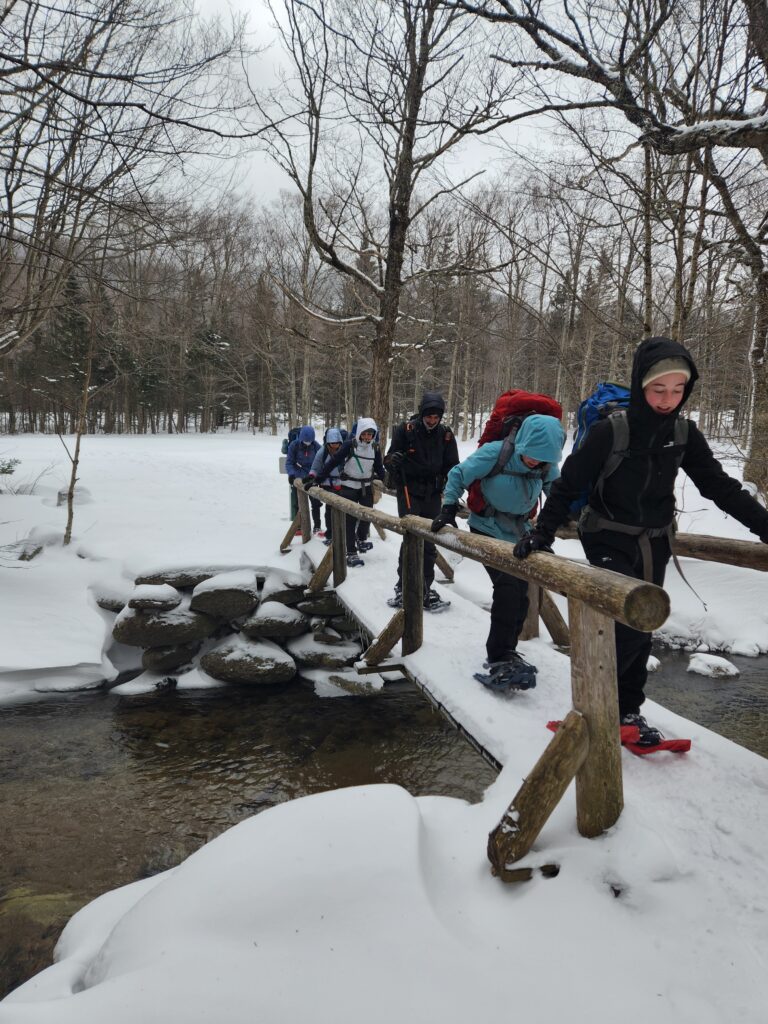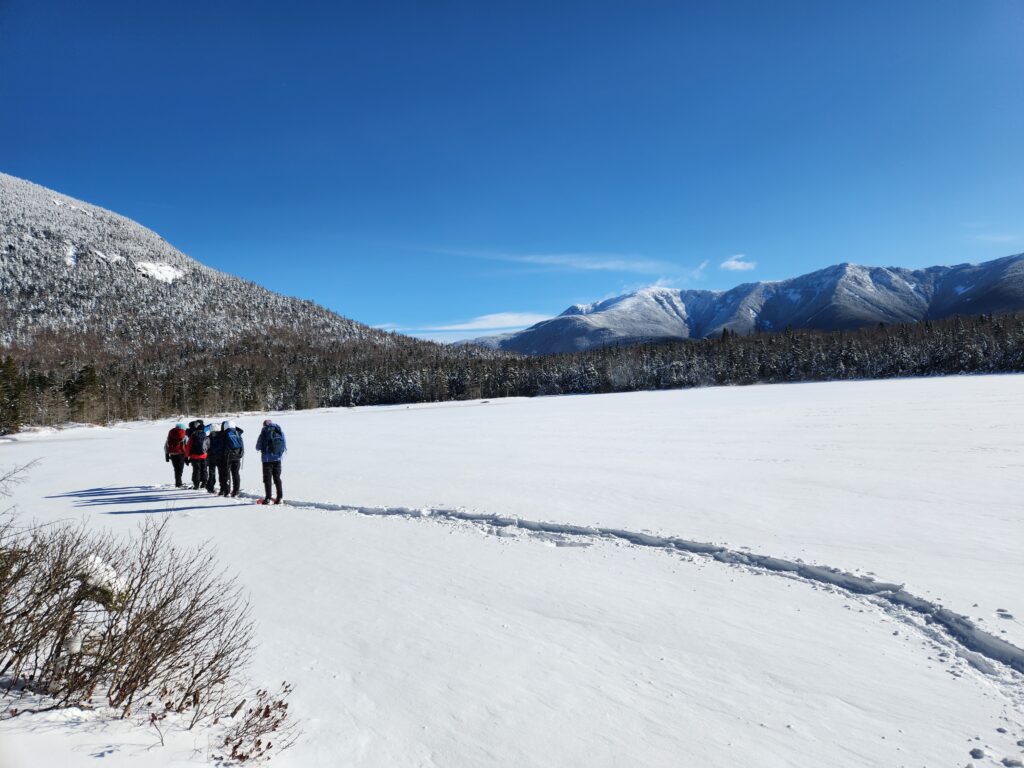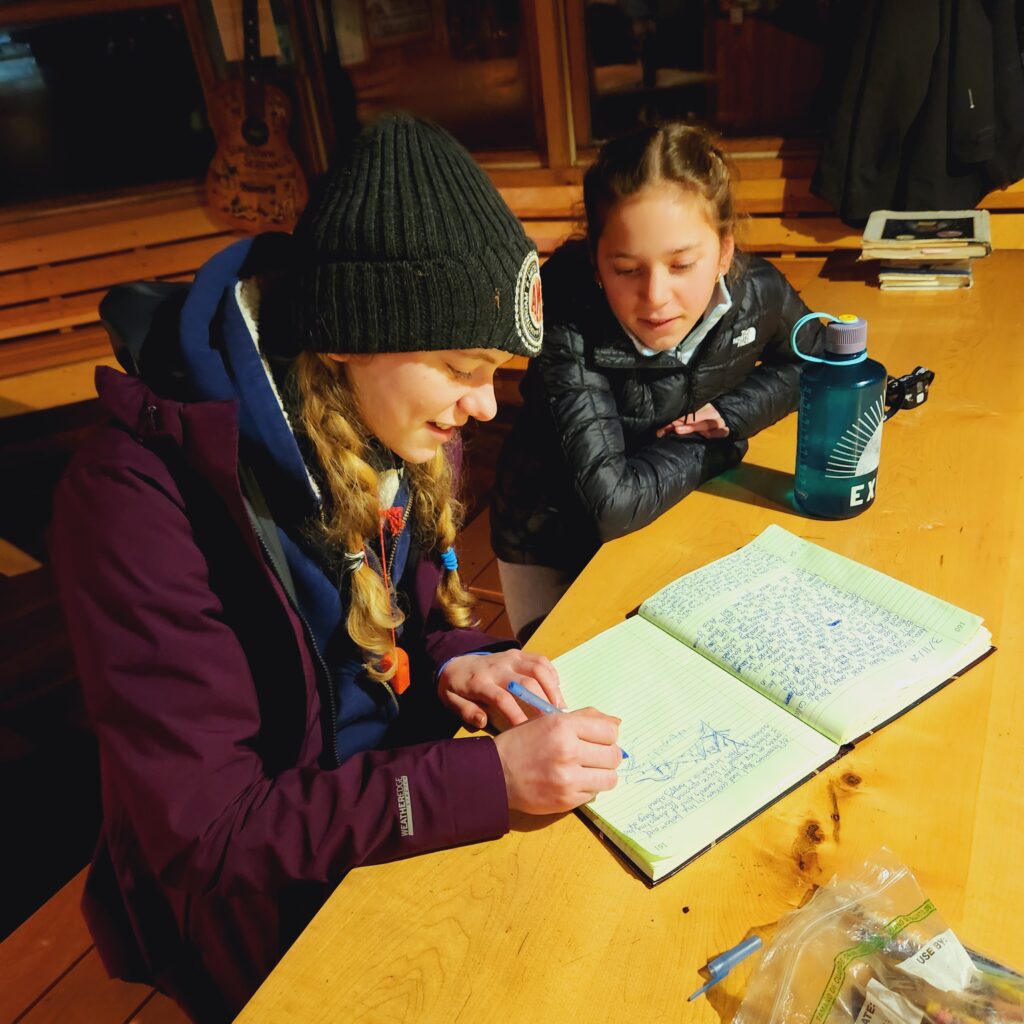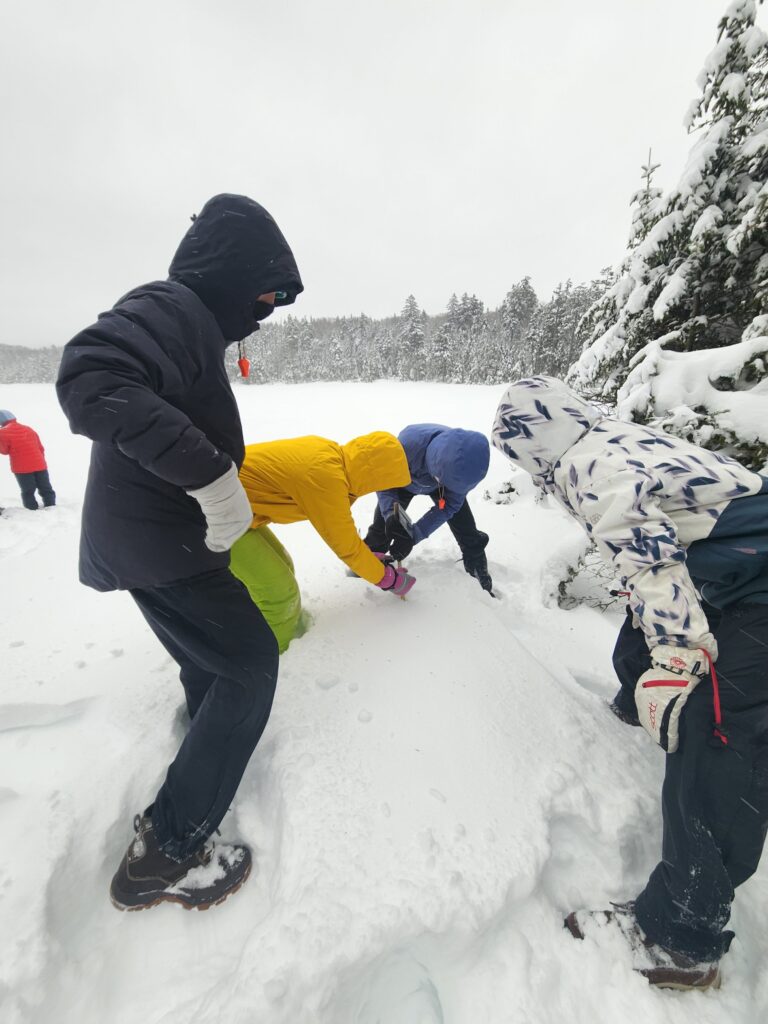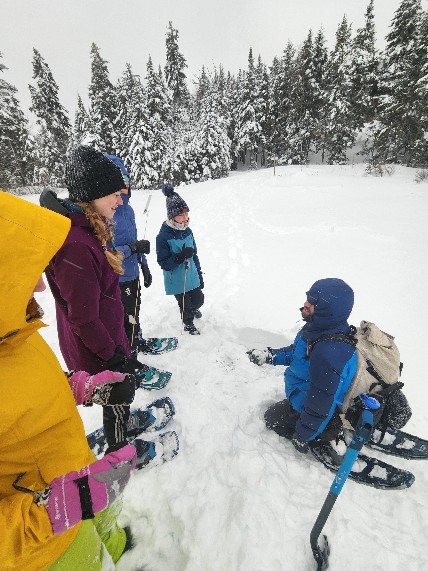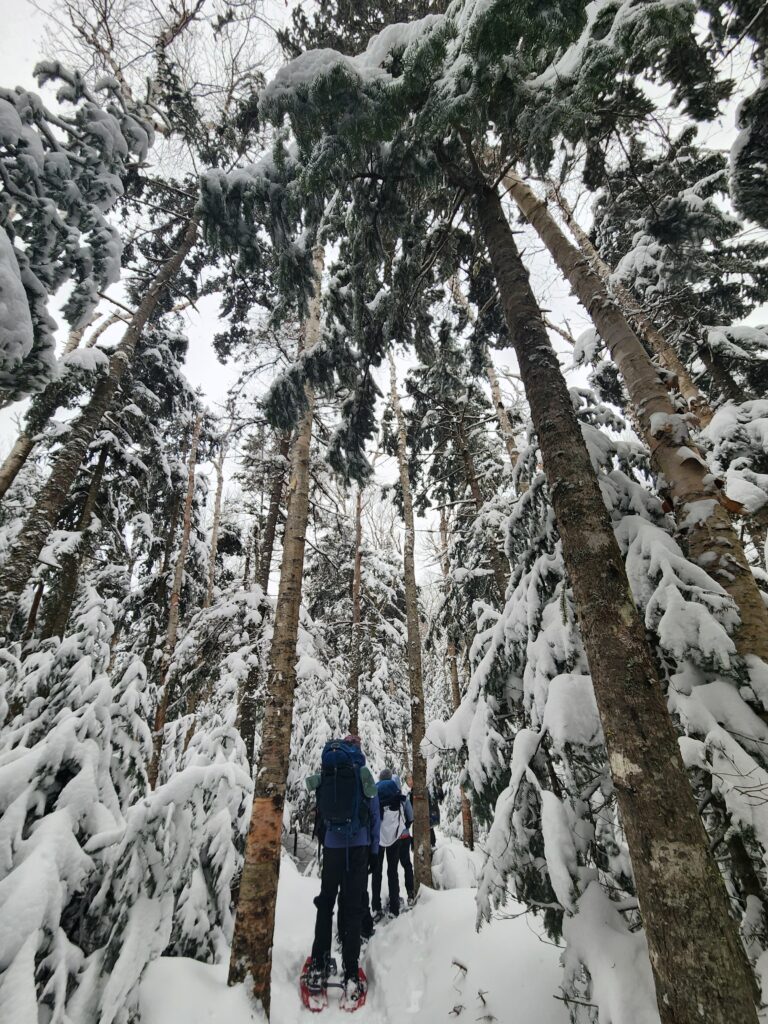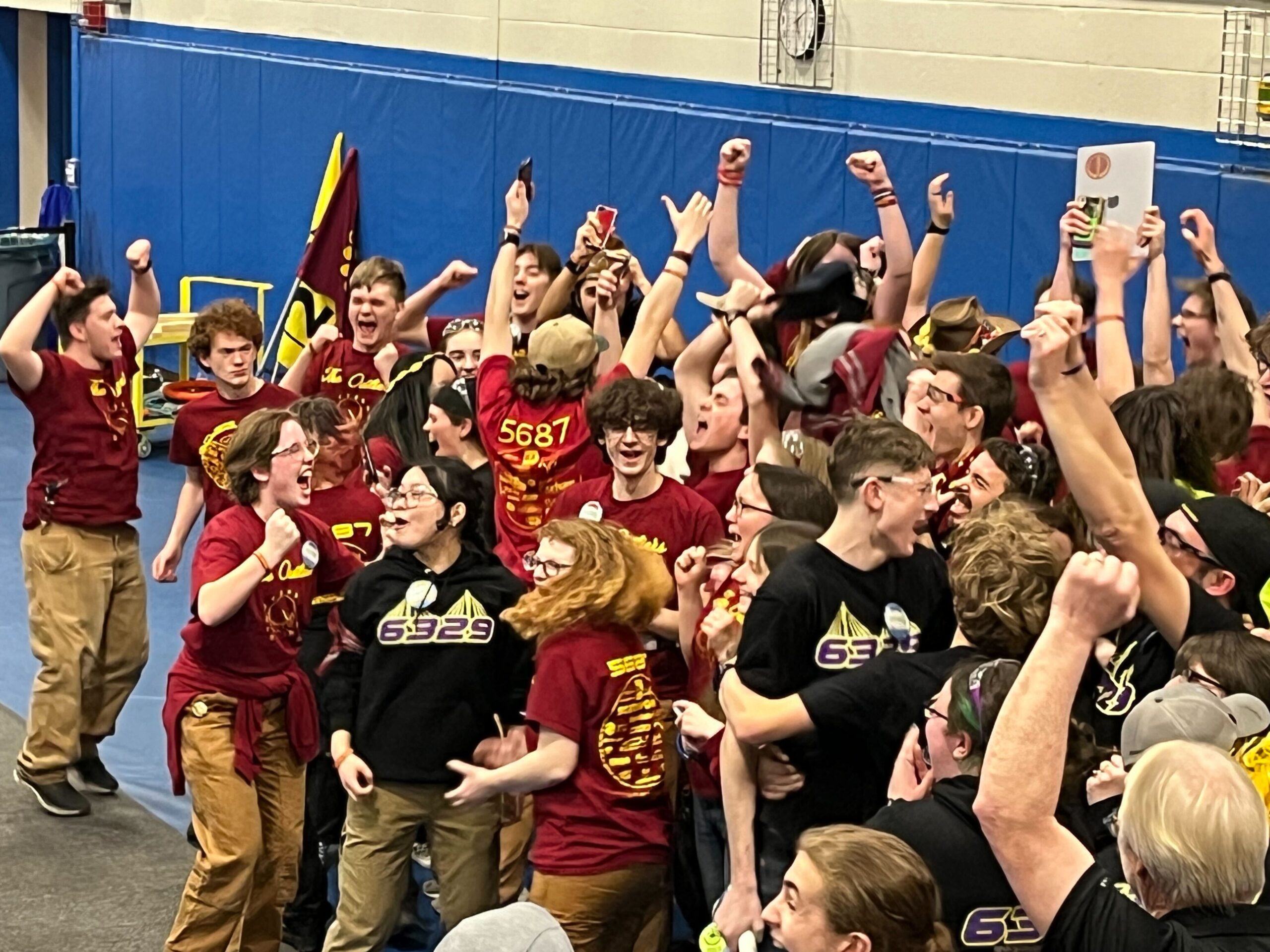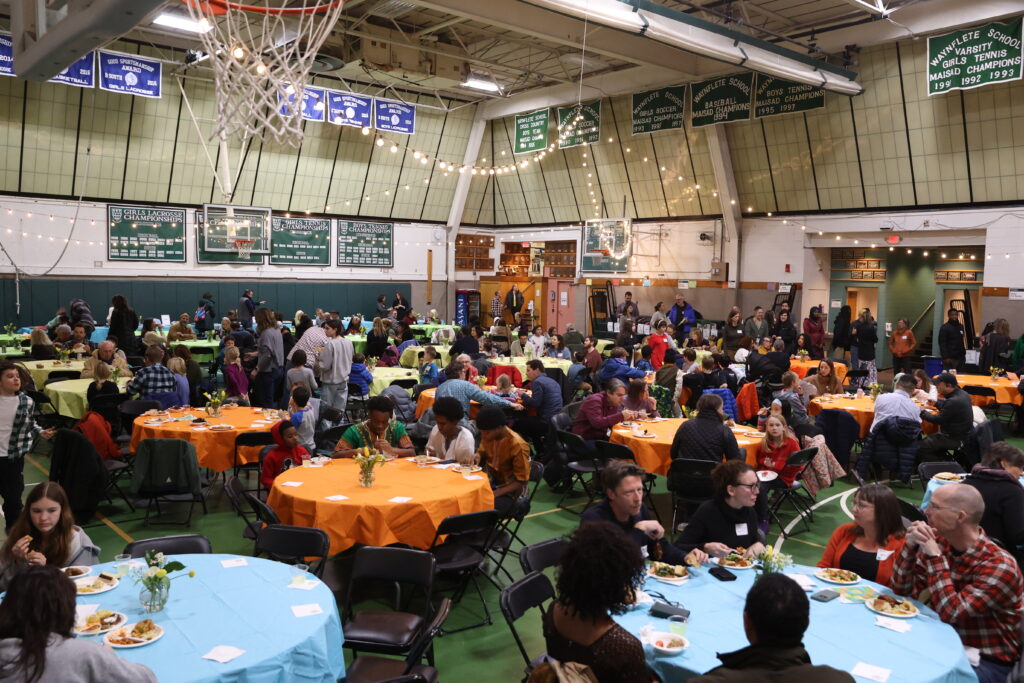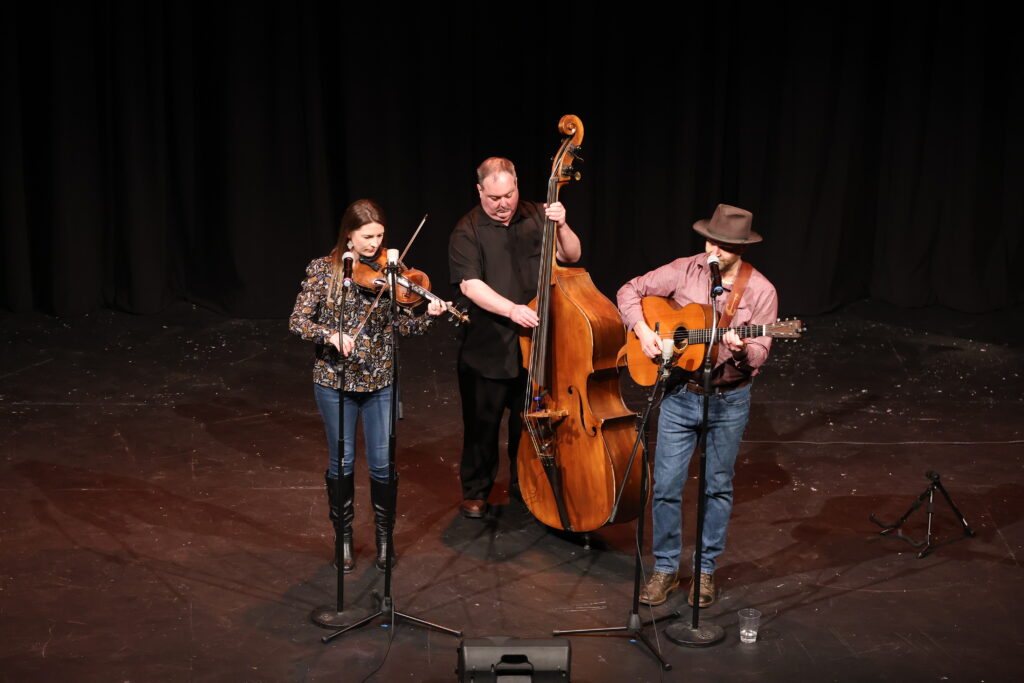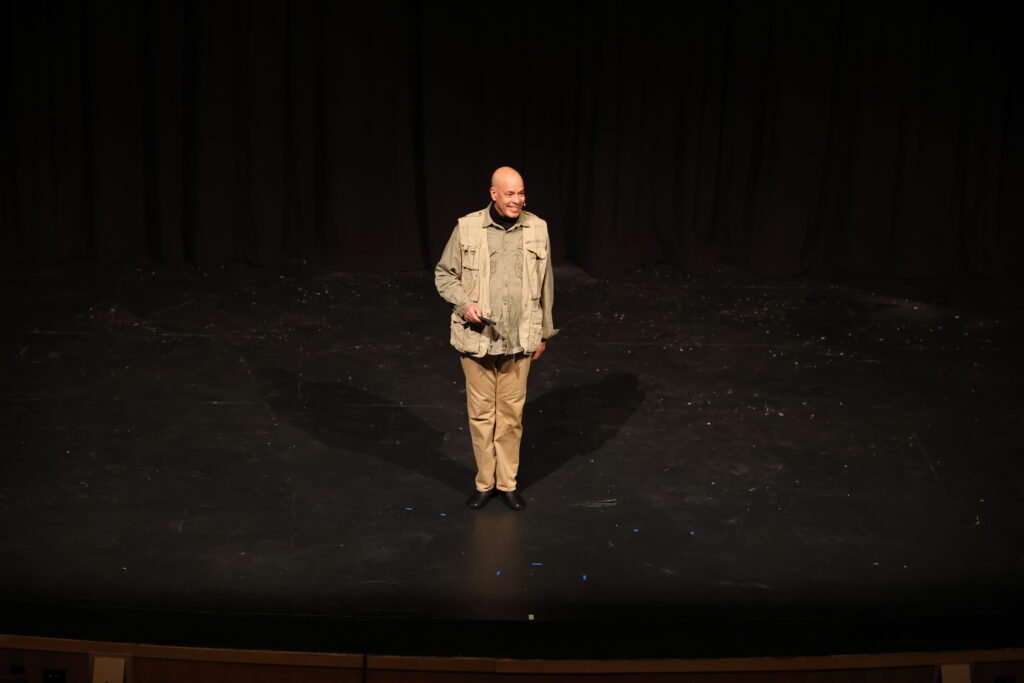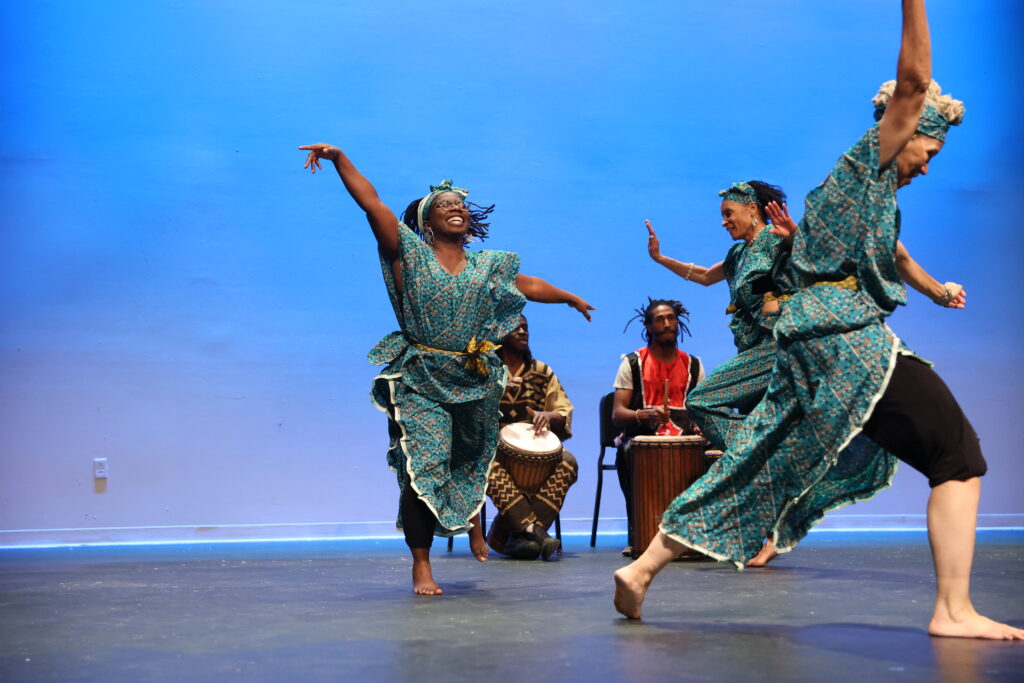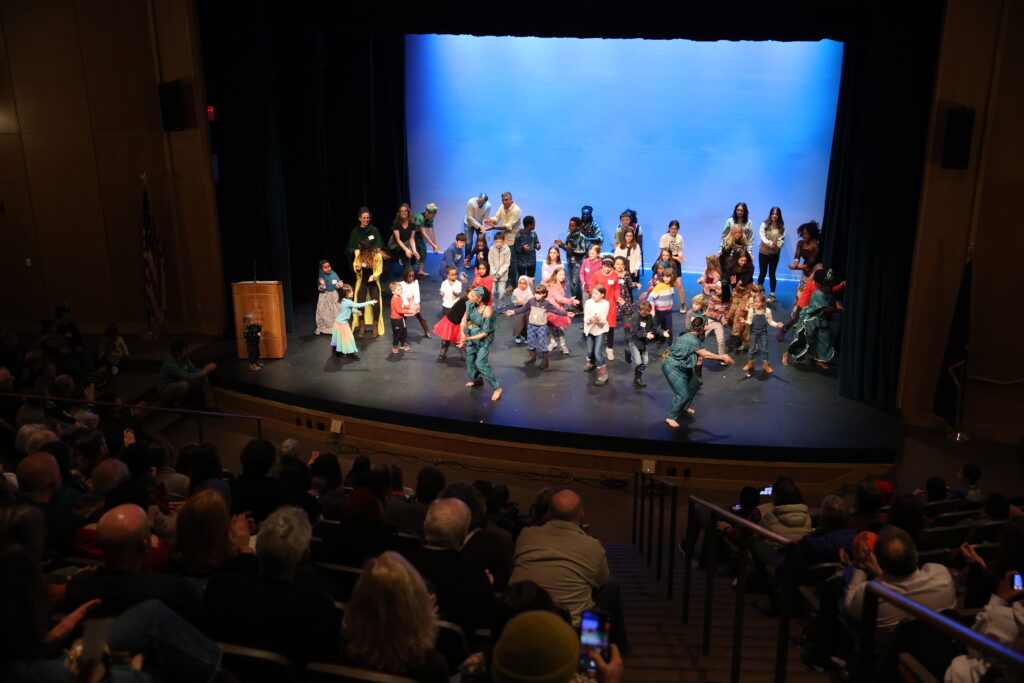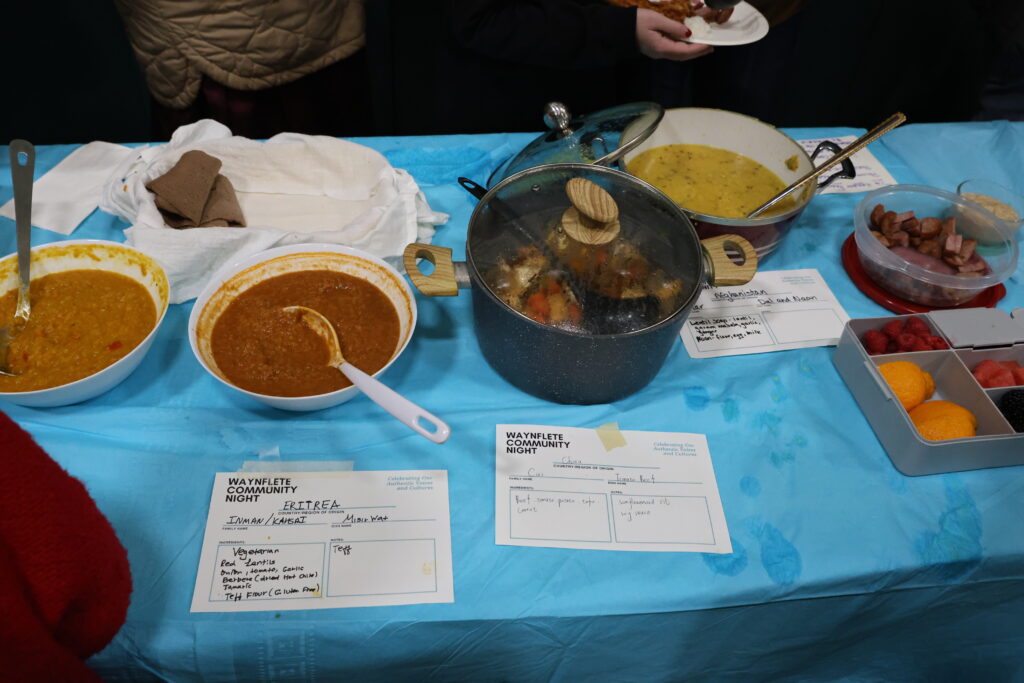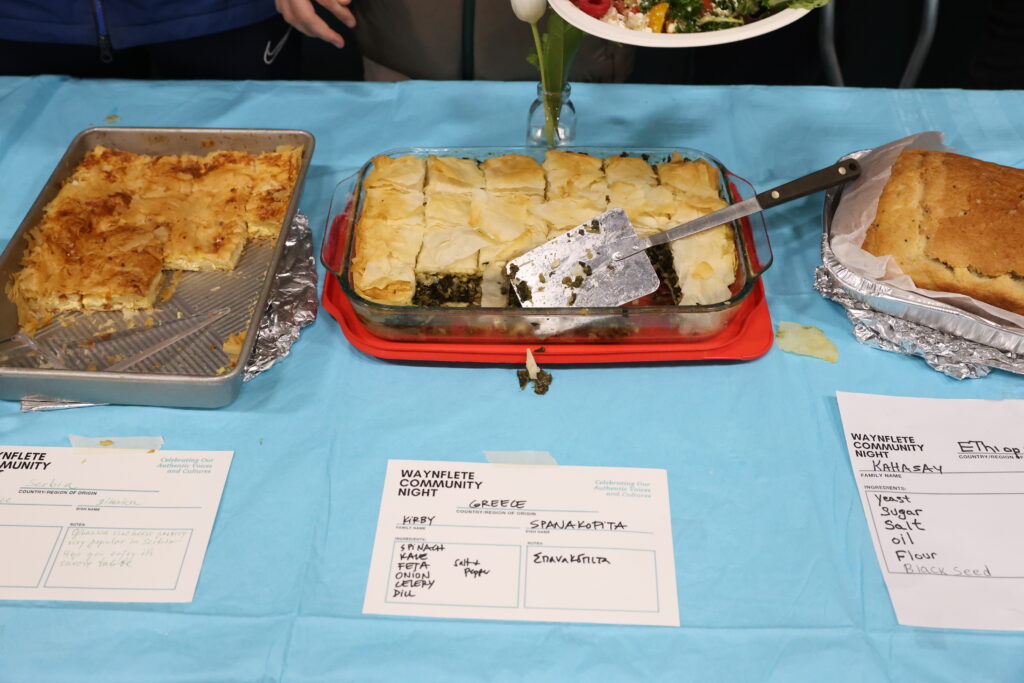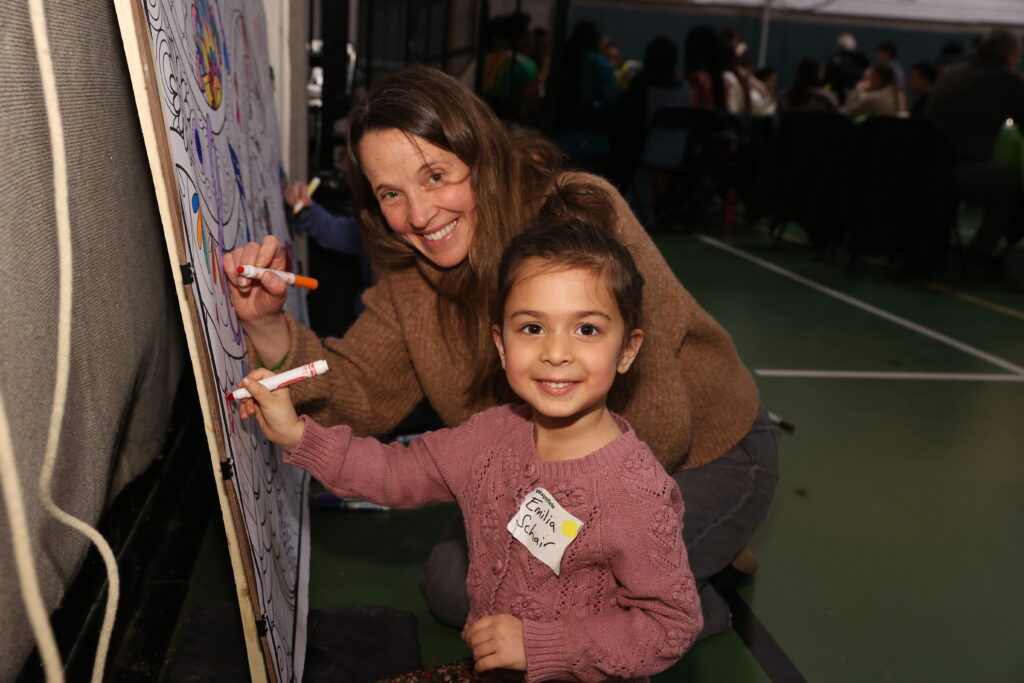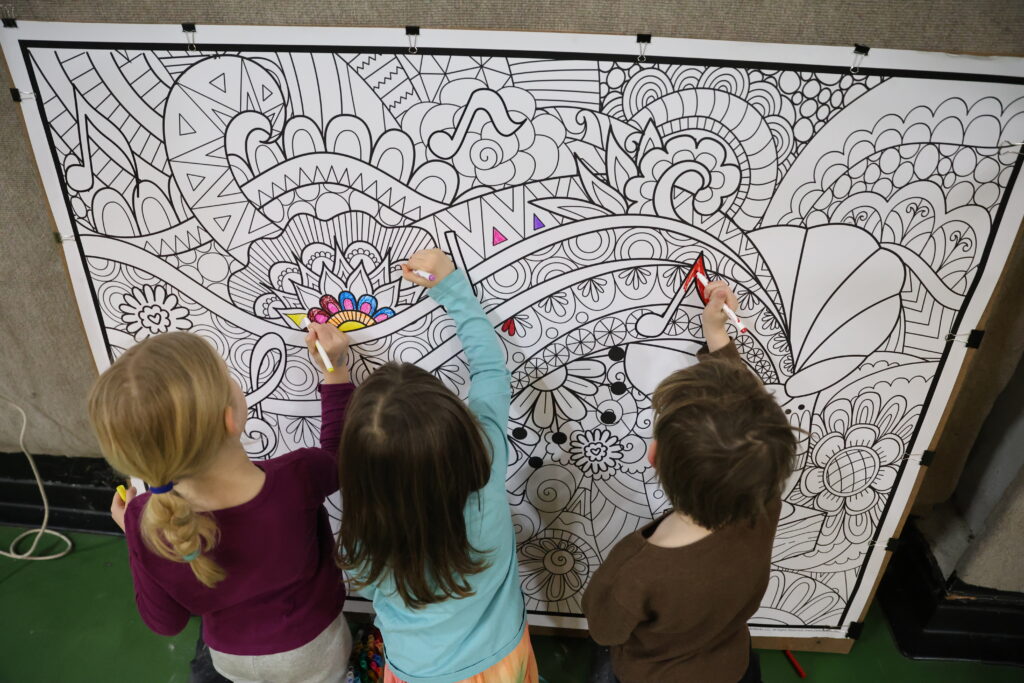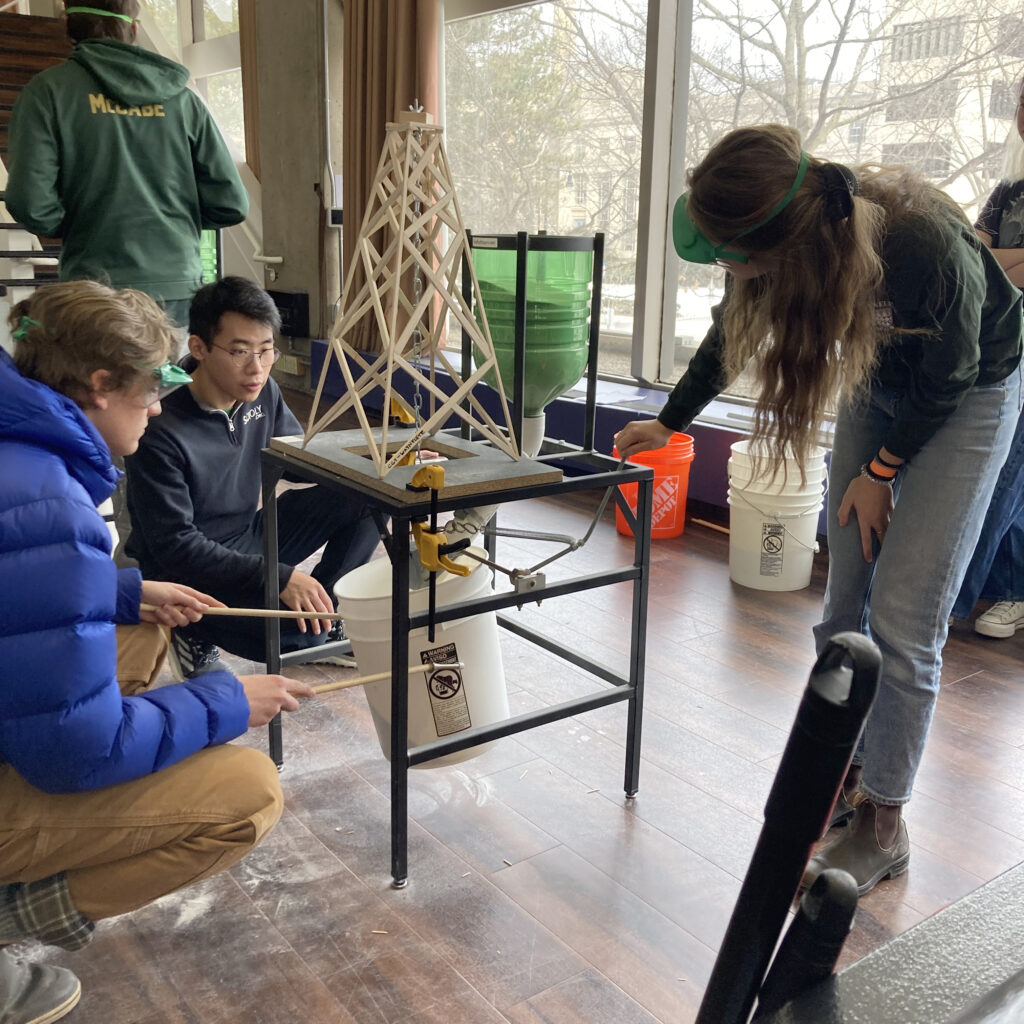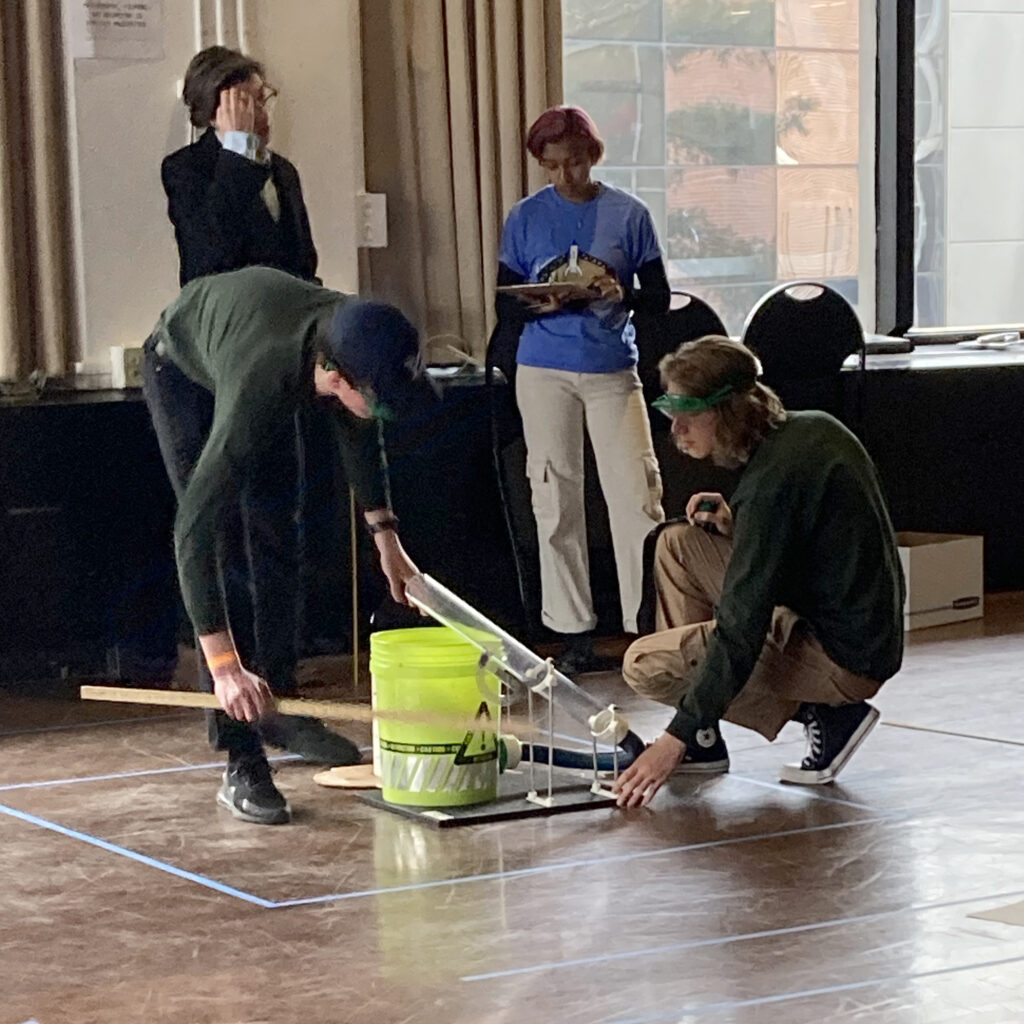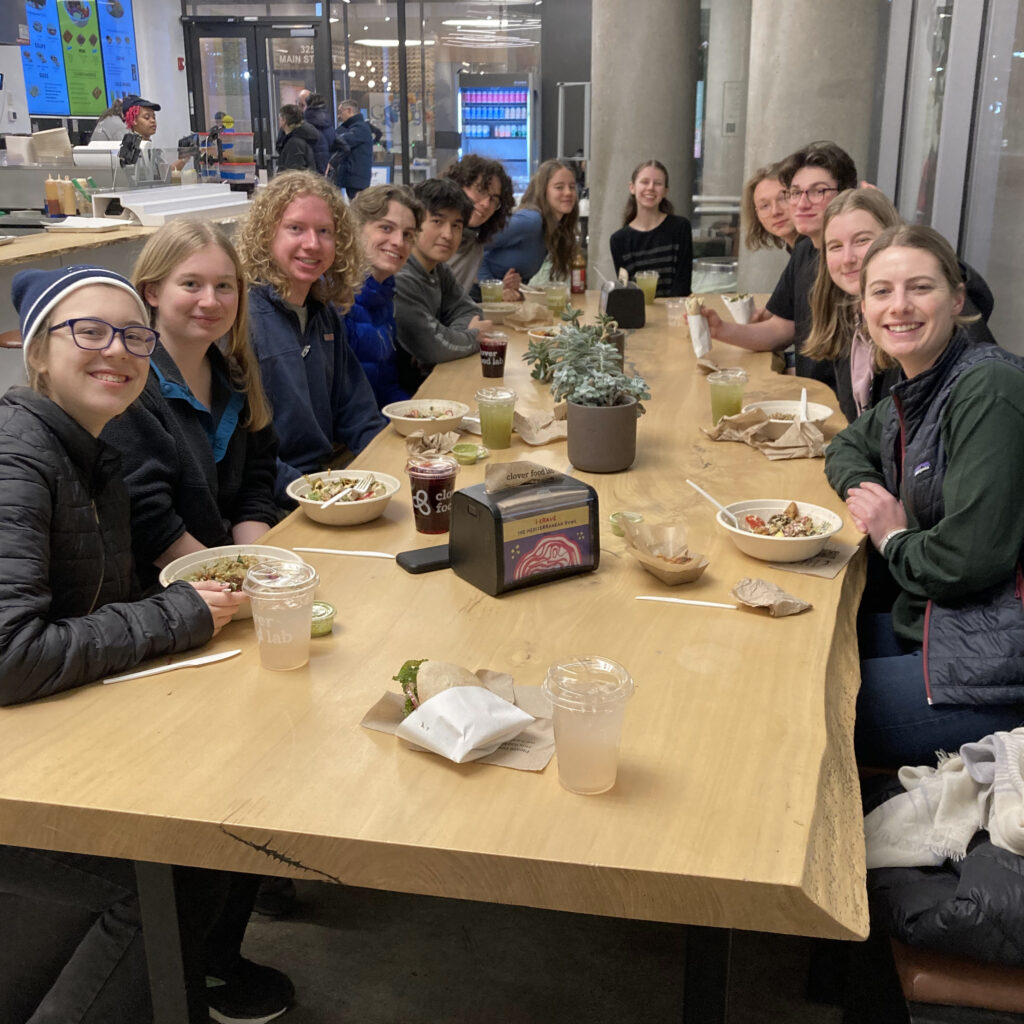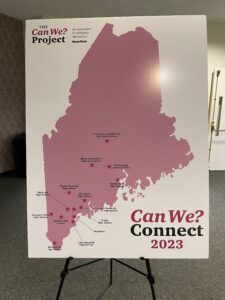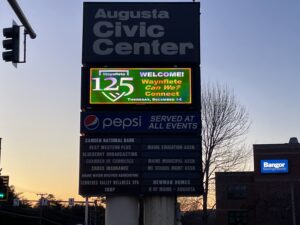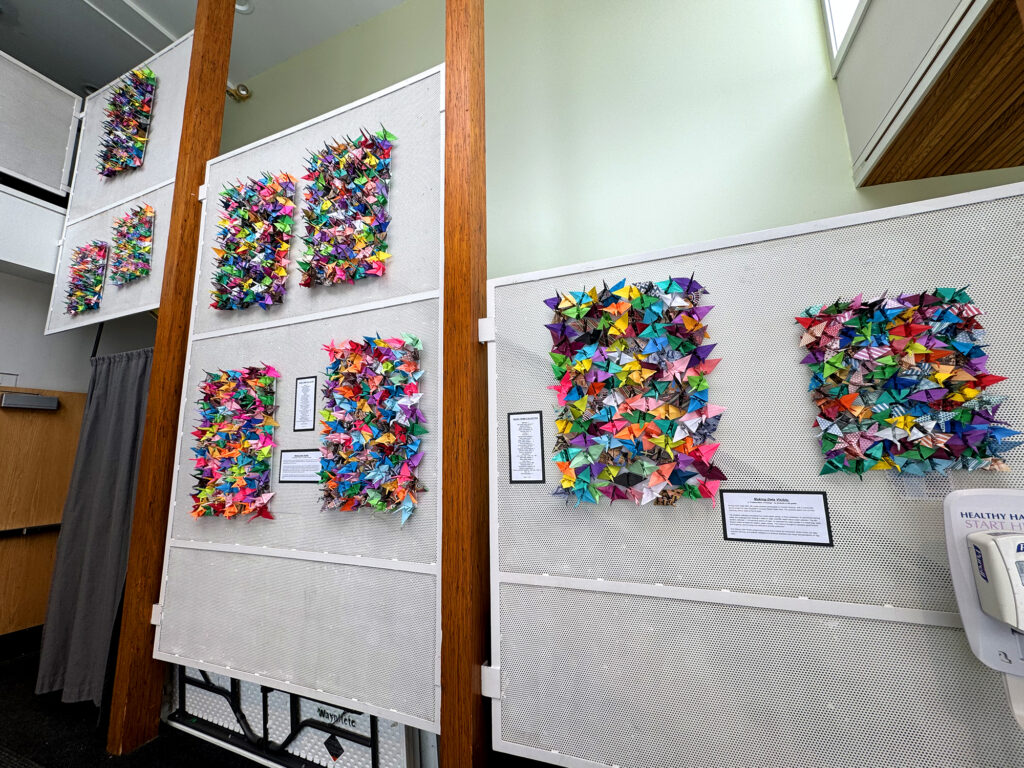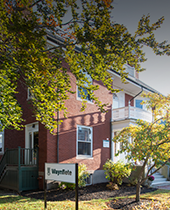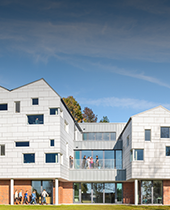Waynflete has announced the recipients of the 2024 Drake Award and the 2024 Klingenstein Alumni Award:
 Daniella Nichols Cameron ’94
Daniella Nichols Cameron ’94
2024 Klingenstein Alumni Award Recipient
Daniella Nichols Cameron ’94 is the recipient of the 2024 Klingenstein Alumni Award.
Waynflete’s board of trustees established the Klingenstein Award in 2019. The award is rooted in our mission, which calls for responsible and caring participation in the world. Through the Klingenstein Award, we seek to recognize one Waynflete alumnus/alumna per year whose responsible and caring participation in the world—at the local, national, or international level—has had broad and positive ramifications. The award is named for its first recipient, Patricia Davis Klingenstein ’47, in recognition of her work as an education advocate, devoted community leader, volunteer, and philanthropist.
Over the course of her entire career, Daniella Nichols Cameron ’94 has worked to serve the disenfranchised. Today, she serves as deputy director of Preble Street, a nonprofit social services agency in Portland. Preble Street provides services to people experiencing homelessness, hunger, and poverty, and works to find solutions to these problems.
Daniella’s relationship with Preble Street began when she was a teenager in the 1990s. While at Waynflete, she donated food to the agency through the school and volunteered in the former Resource Center Soup Kitchen with her family. From an early age, Daniella knew she wanted to be involved in social work. For her senior project, she worked at the former YWCA’s Street Program, a drop-in shelter for homeless youth.
Daniella returned to Preble Street in 2009 as Teen Services supervisor. She played an instrumental role in the opening of the Joe Kreisler Teen Shelter, founded Preble Street’s Anti-Trafficking Services, and co-founded the Greater Portland Coalition of Trafficking and Exploitation. Daniella has presented internationally on anti-trafficking efforts.
Today, as deputy director, Daniella plays an essential role in overseeing Preble Street’s daily operations, ensuring that adequate resources are available to staff and that plans are in place to facilitate the organization’s future growth. On what she likes most about working at Preble Street: “I love being part of an organization that is responsive, nimble, strong, and smart. We have much to be proud of every day here, from the relationships caseworkers build with clients to advocating to change systems that perpetuate injustice. We are all working together to respond to increasing needs and make a better world.”
 Kate Burnham P’18, ’21
Kate Burnham P’18, ’21
2024 Drake Award Recipient
Kate Burnham P’18, ’21 is the recipient of the 2024 Drake Award.
In 1976, Emerson and Ping Drake, parents of four former Waynflete students, received a special honor for their service to Waynflete. Emerson had served on the board of trustees for 16 years, the last several as president. Ping was active within the Waynflete community, volunteering in many areas of the school. They were recognized by the board with the award that now bears their name. Ping was also made an honorary Waynflete alumna. We honor their example and their memory by presenting the Drake Award each year.
When Kate Burnham joined Waynflete’s board of trustees in 2016, she brought with her 11 years of experience as a Waynflete parent. Her son, Andrew, began kindergarten in 2005, and her daughter, Eliza, started in the Early Childhood program the following fall. She and husband Nate Clark are now proud parents of alums from the classes of 2018 and 2021.
Kate served on several committees during her board tenure: Advancement (which she chaired from 2019 to 2021), Campaign Executive, Committee on Trustees, Executive, Finance, Gift Acceptance (which she also chaired from 2019 to 2021), and Strategic Planning. She also played an essential role on the Leadership Annual Giving Committee. She and Nate chaired the Senior Gift Committee in 2020–2021 when Eliza was a senior.
Prior to joining the board, Kate spent countless hours volunteering for the school as a class parent, parent fund class agent, Parents Association volunteer coordinator, and chair of the Events Committee. Kate also served on the Feasibility Study Subcommittee and the Campaign Design Committee during the Building on Our Strengths Campaign, an effort that culminated in the construction of Waynflete’s new Lower School.
Kate’s role as the chair/co-chair of the Auction Committee was her hallmark. She brought together a team of staff, parents, and volunteers to run an auction that would rival any other, anywhere. For Kate, an essential aspect of designing a superb gala was ensuring that the event would be comfortable and accessible to everyone and that the funds raised would support Waynflete’s financial aid endowment. Kate’s get-it-done attitude is rivaled only by her grace, kindness, and generosity.
Whenever she was asked, Kate was happy to give more of her time and energy to the school. Her commitment to creating welcoming events has been a gift to our community and helped create a sense of belonging for many families. Her work ethic and compassionate nature have brought hope to those in need of support when they needed it most. Kate’s kind manner and sincerity are inspirational.
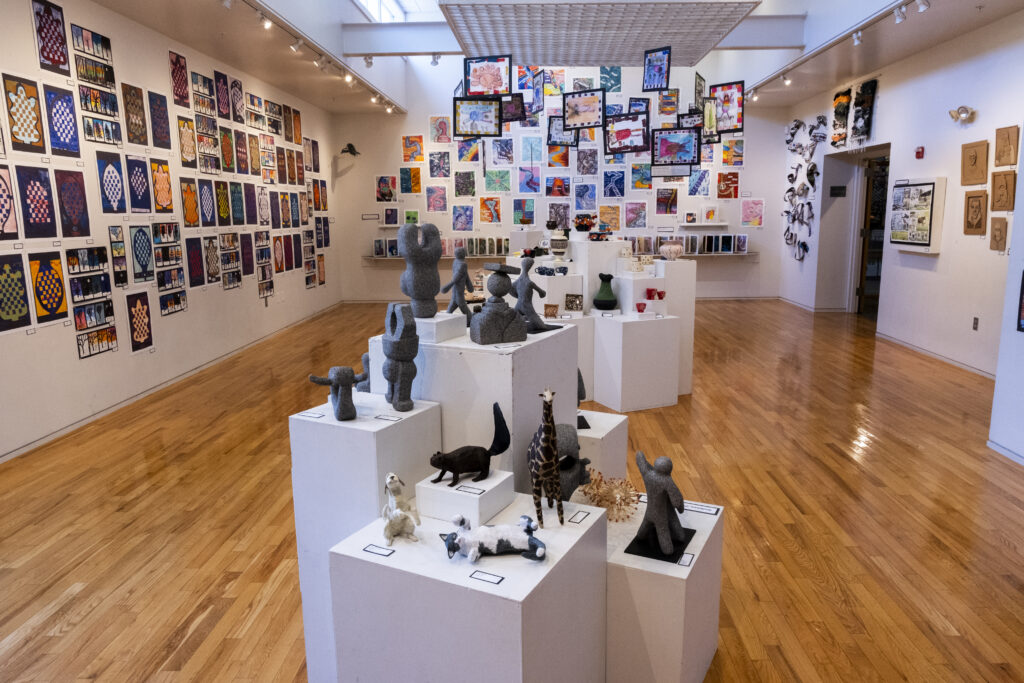
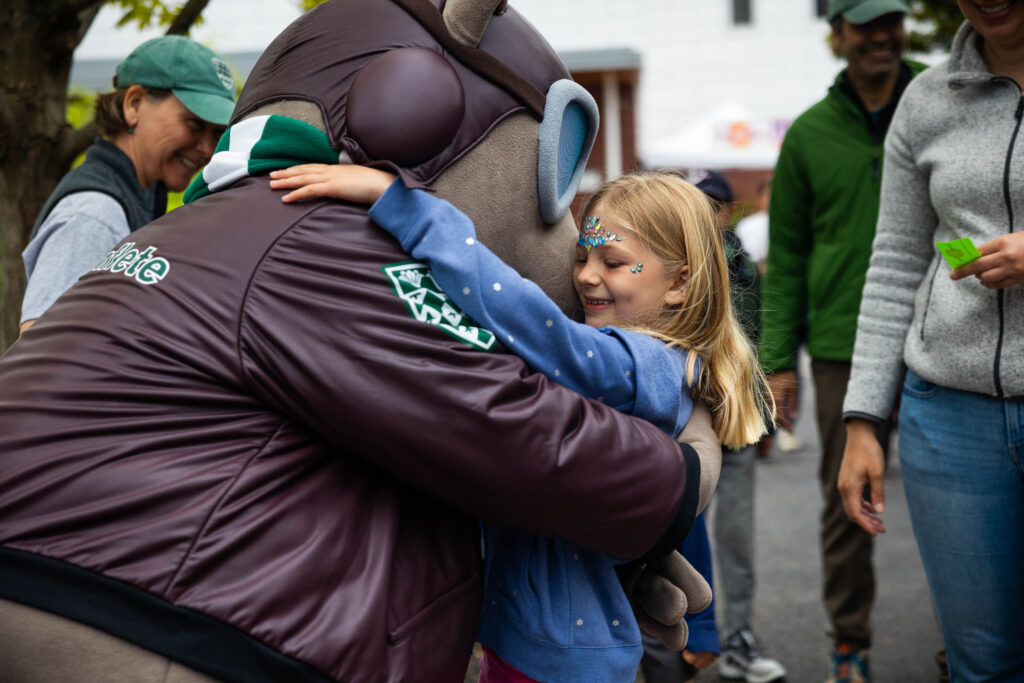
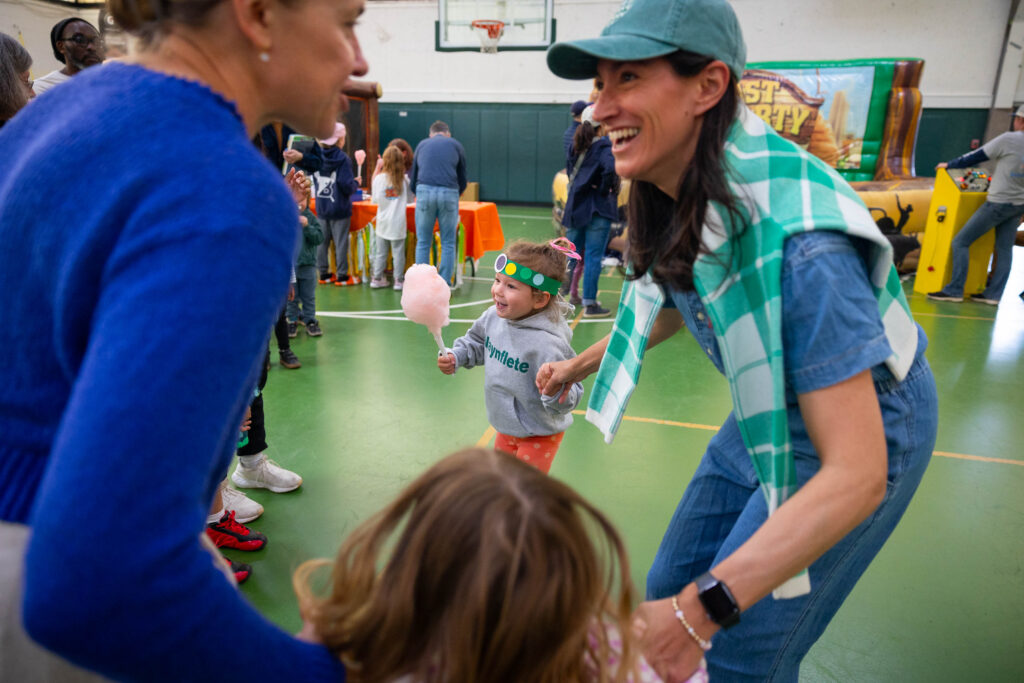
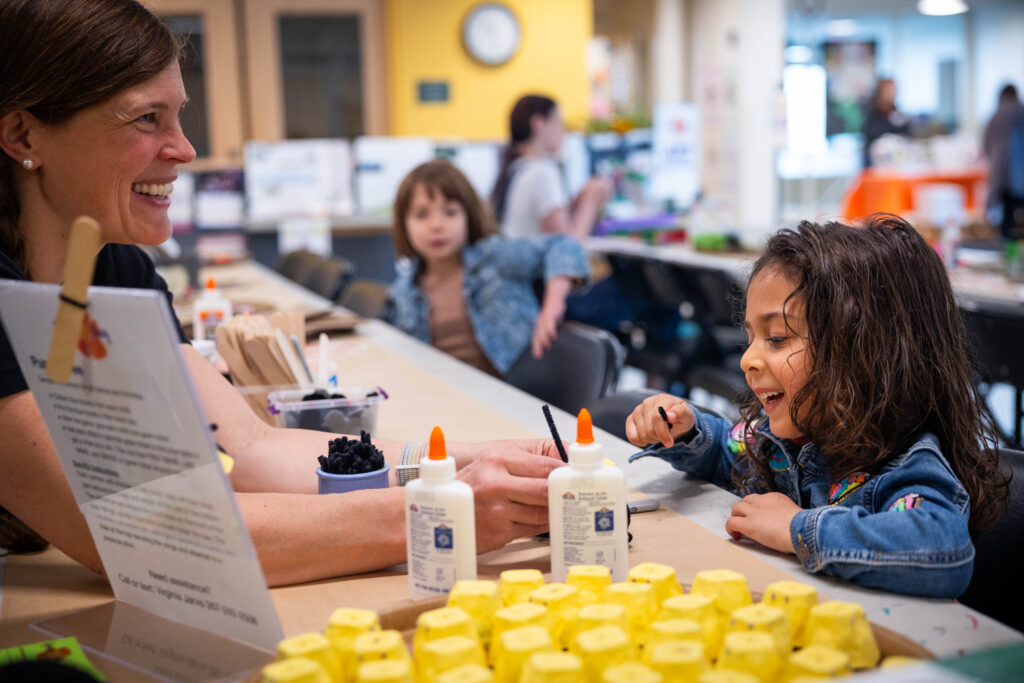
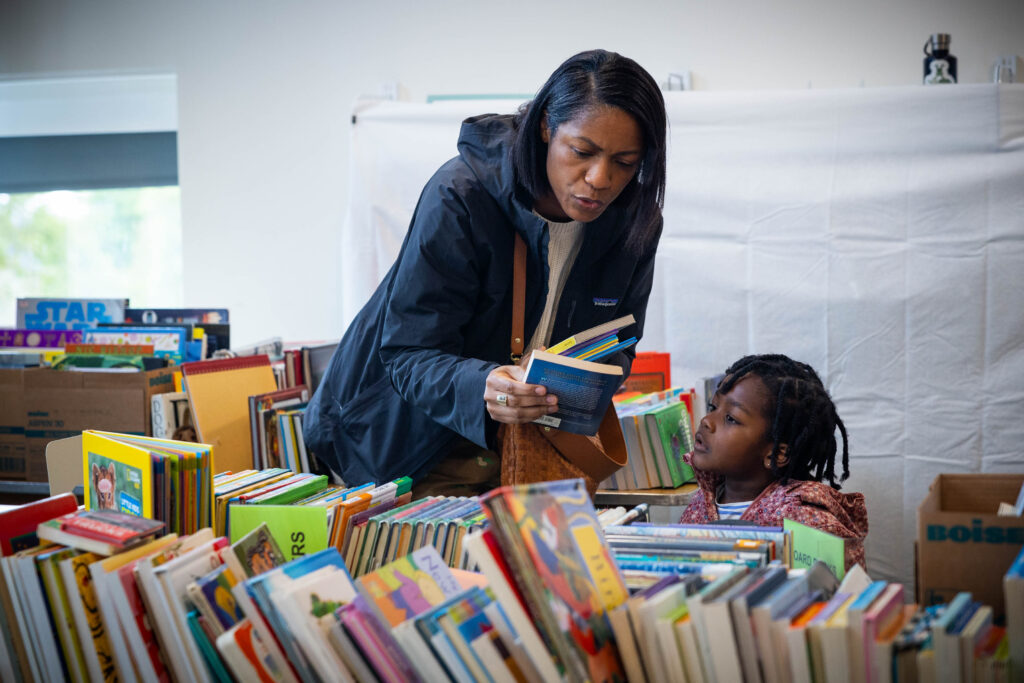
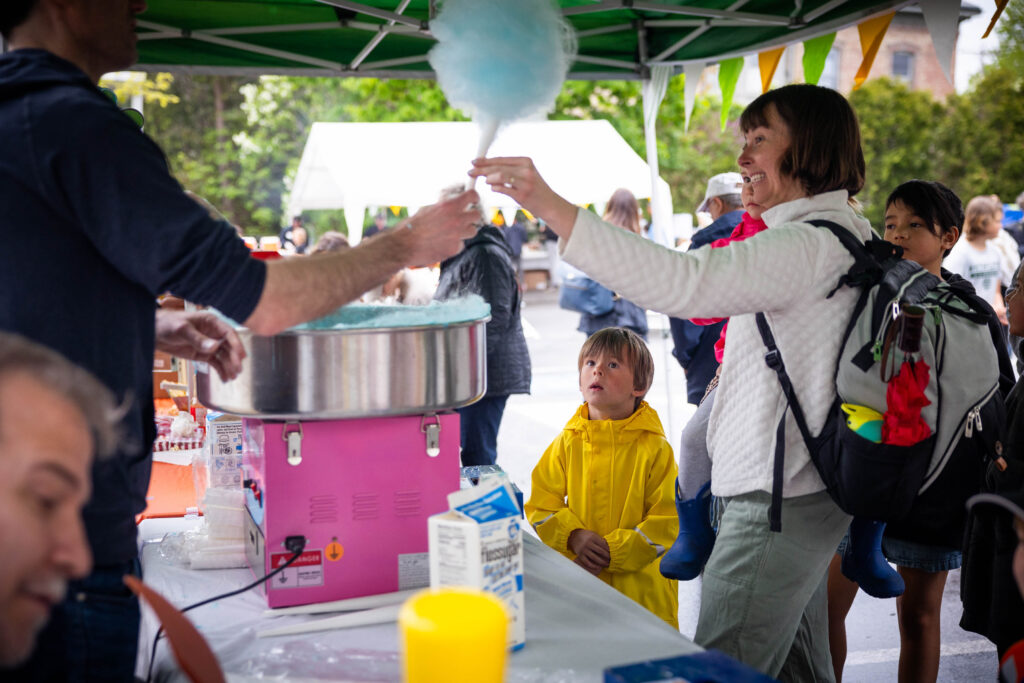
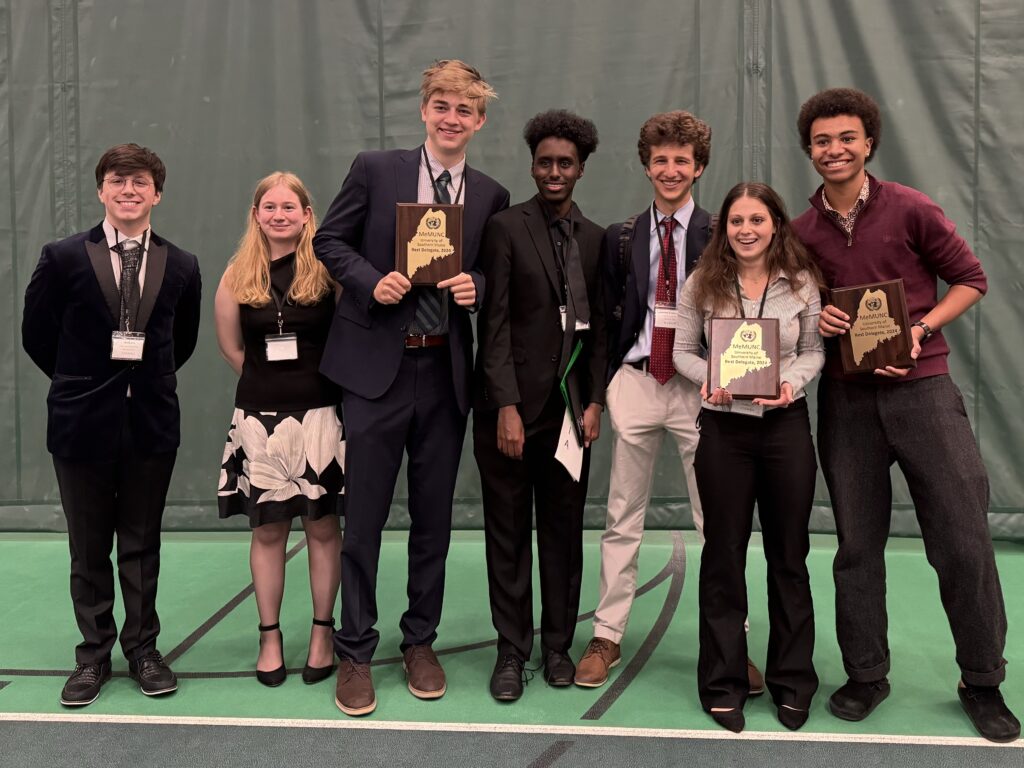
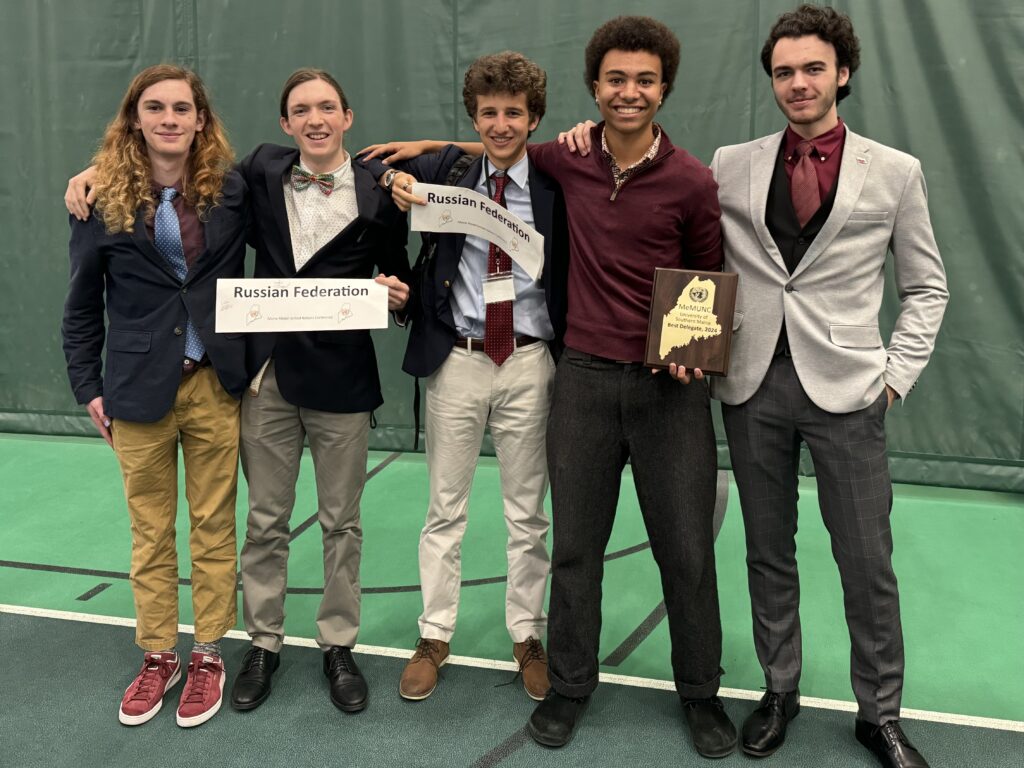
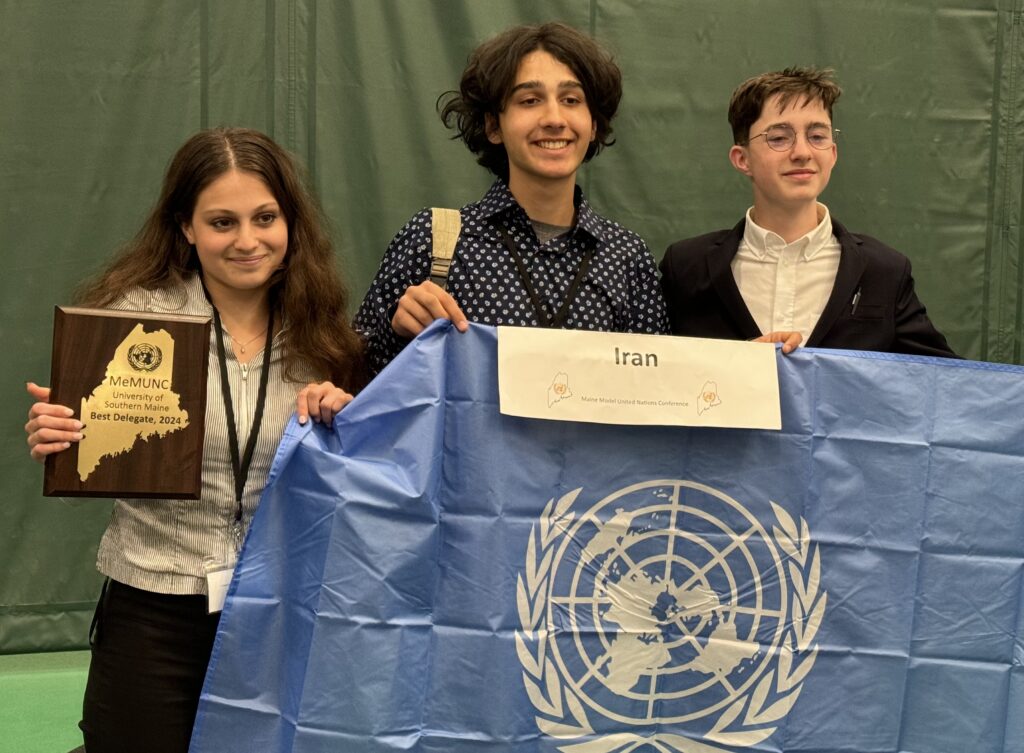
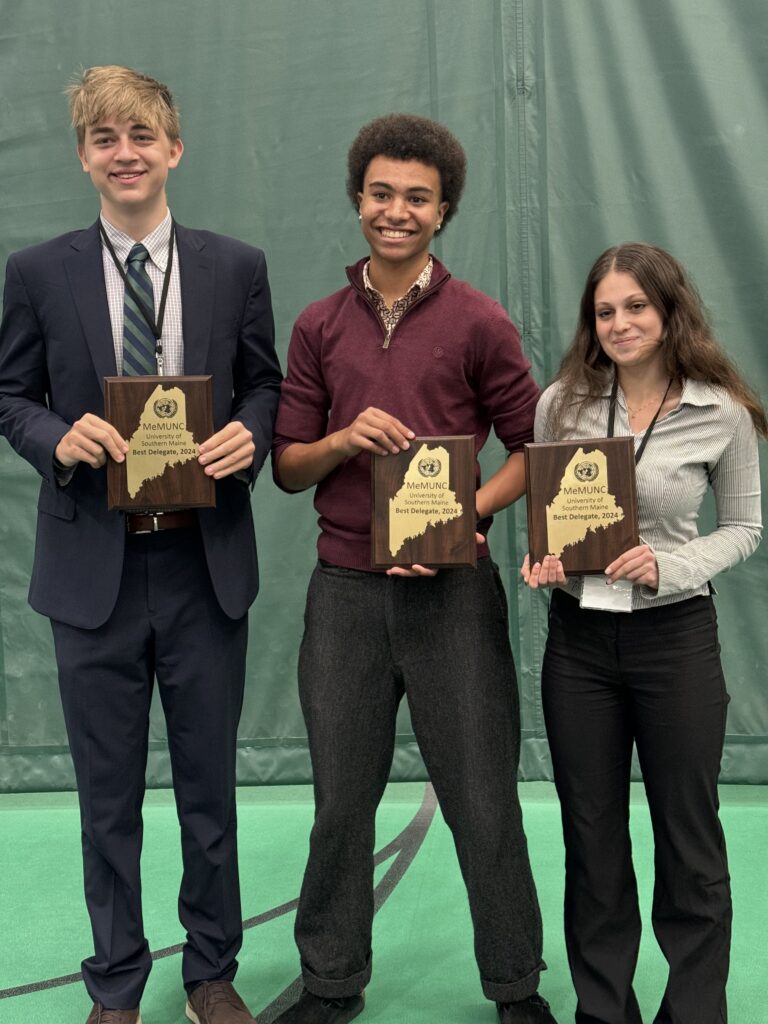
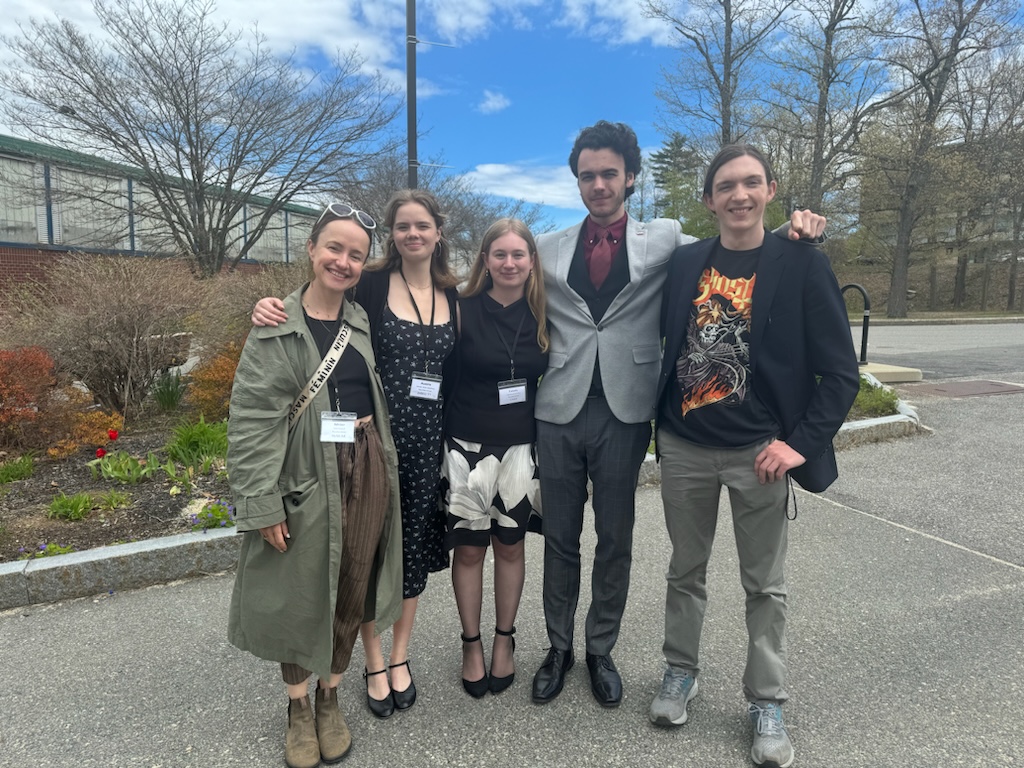
 Daniella Nichols Cameron ’94
Daniella Nichols Cameron ’94 Kate Burnham P’18, ’21
Kate Burnham P’18, ’21 Amanda Waterhouse Isgro ’98
Amanda Waterhouse Isgro ’98 Matt Marston ’97
Matt Marston ’97 Christine Ordway Opperman ’09
Christine Ordway Opperman ’09 Brandon Salway
Brandon Salway